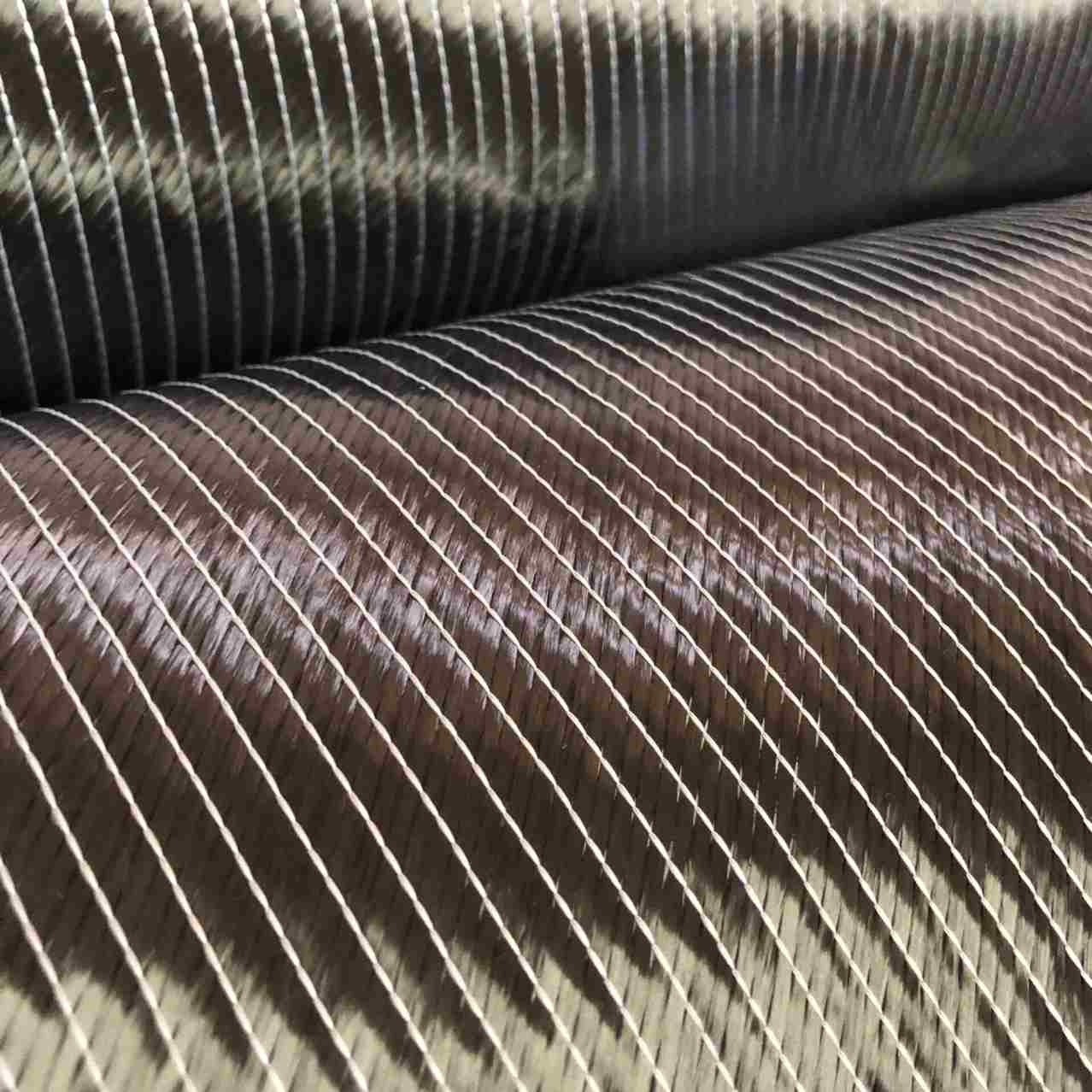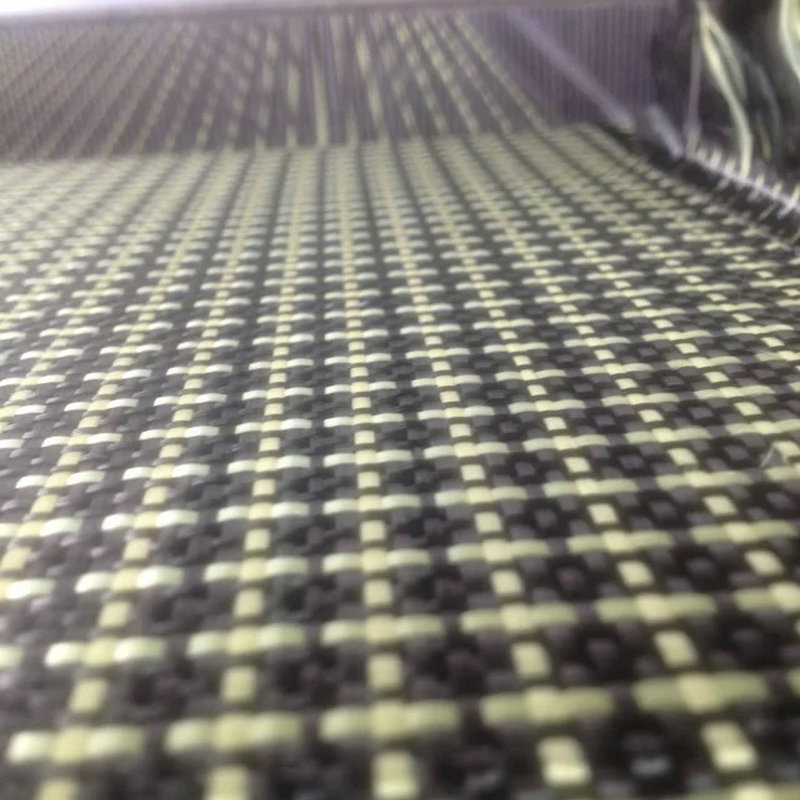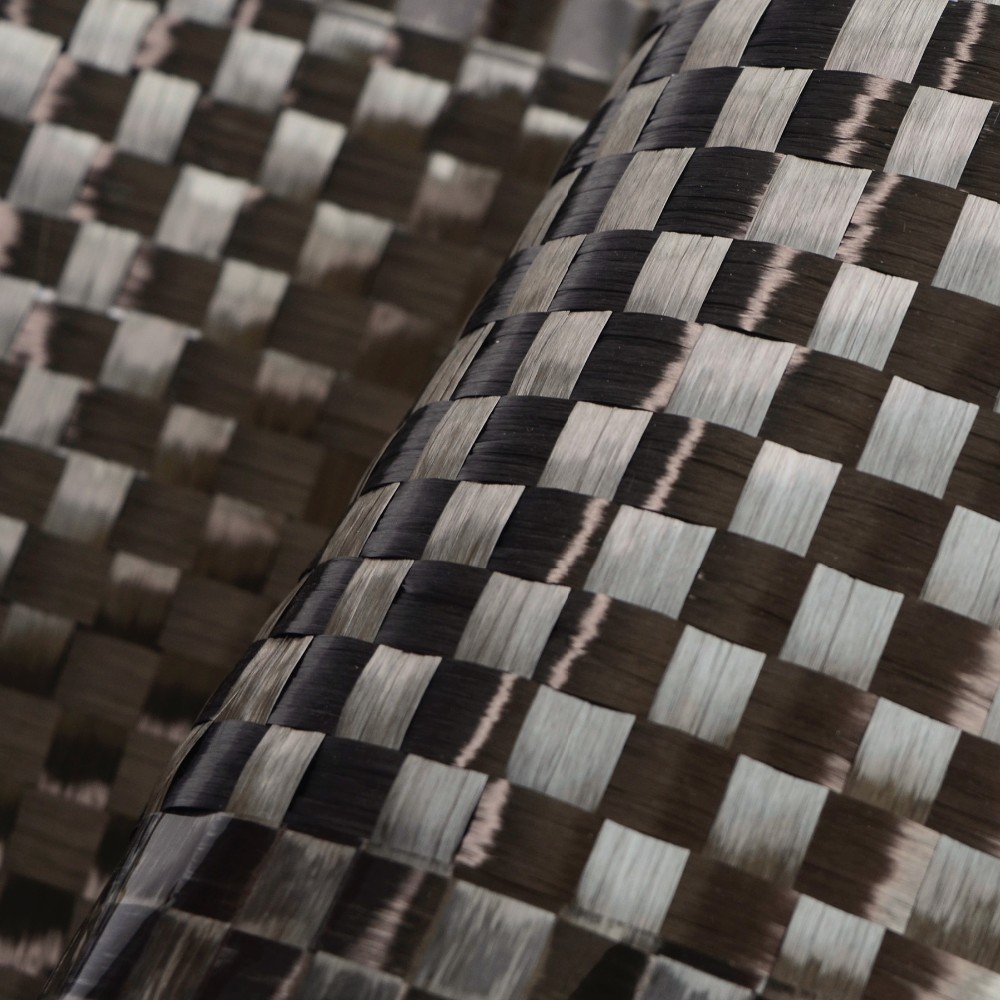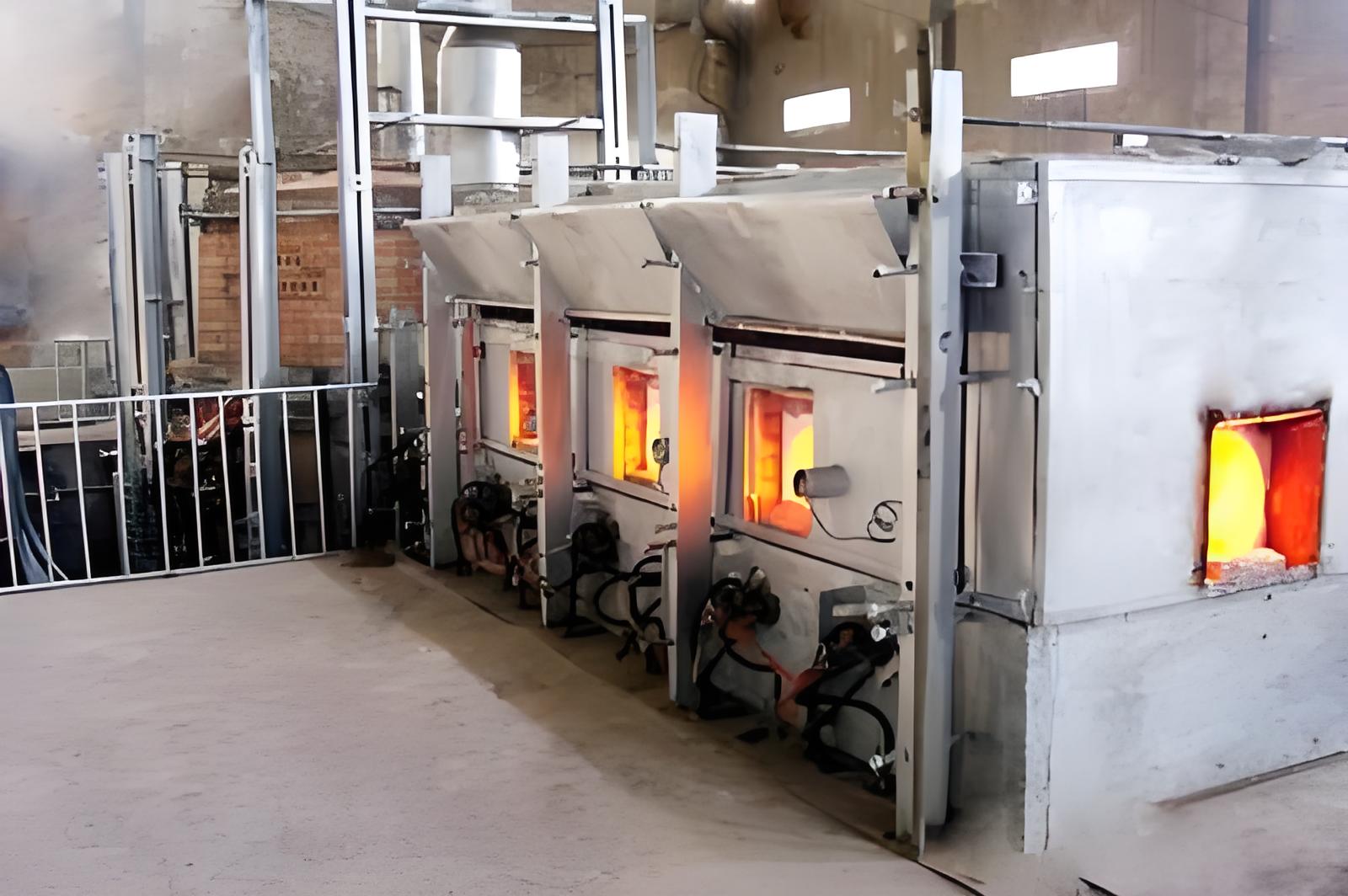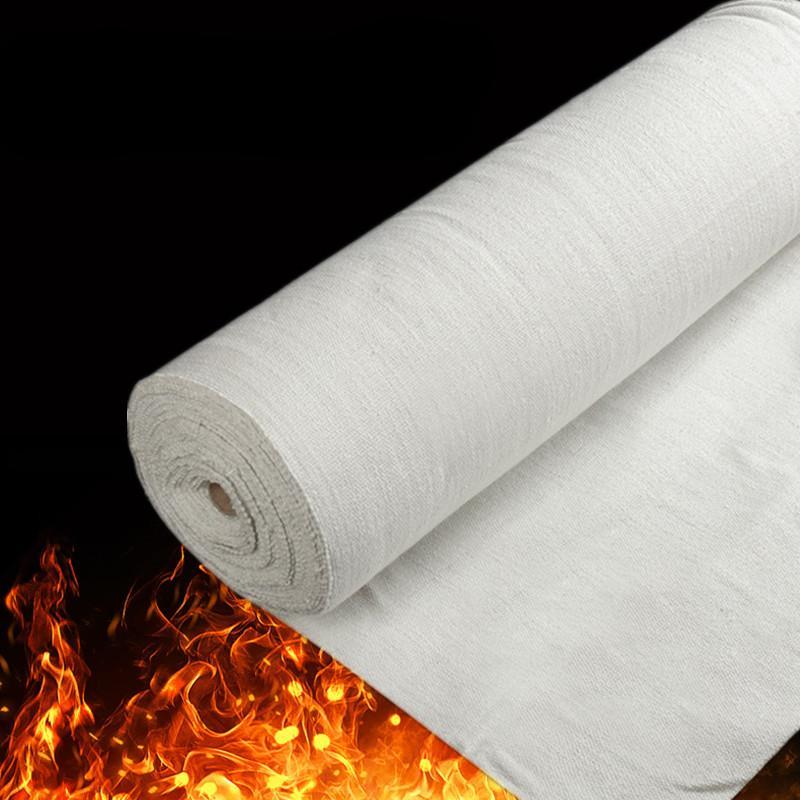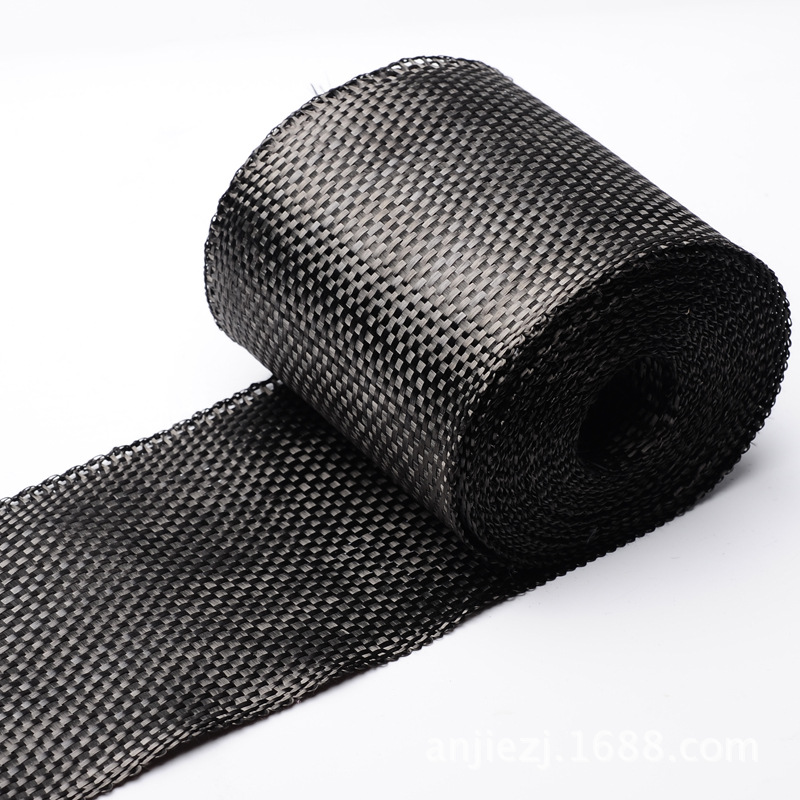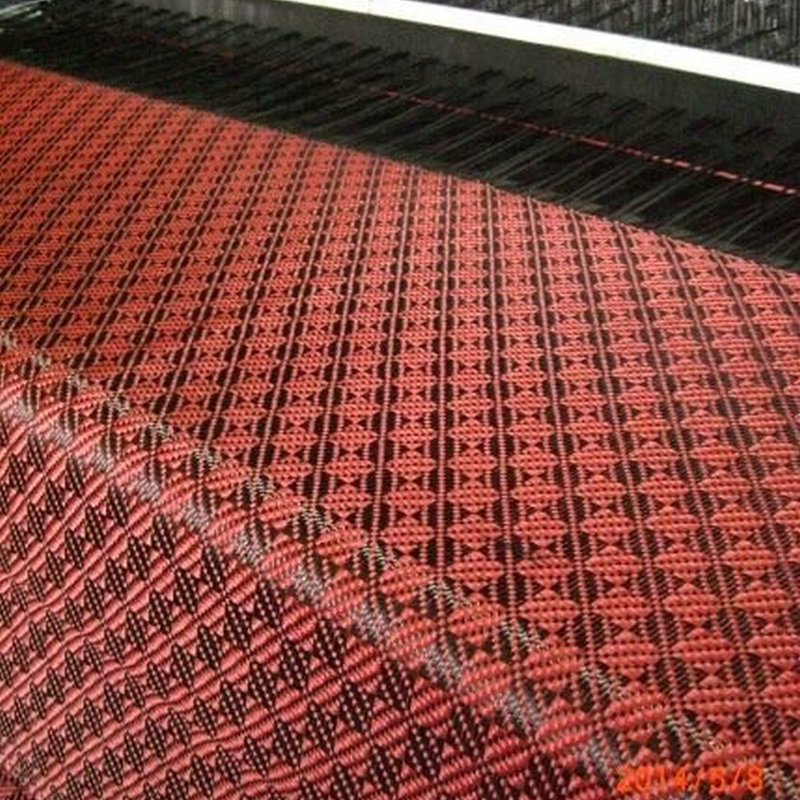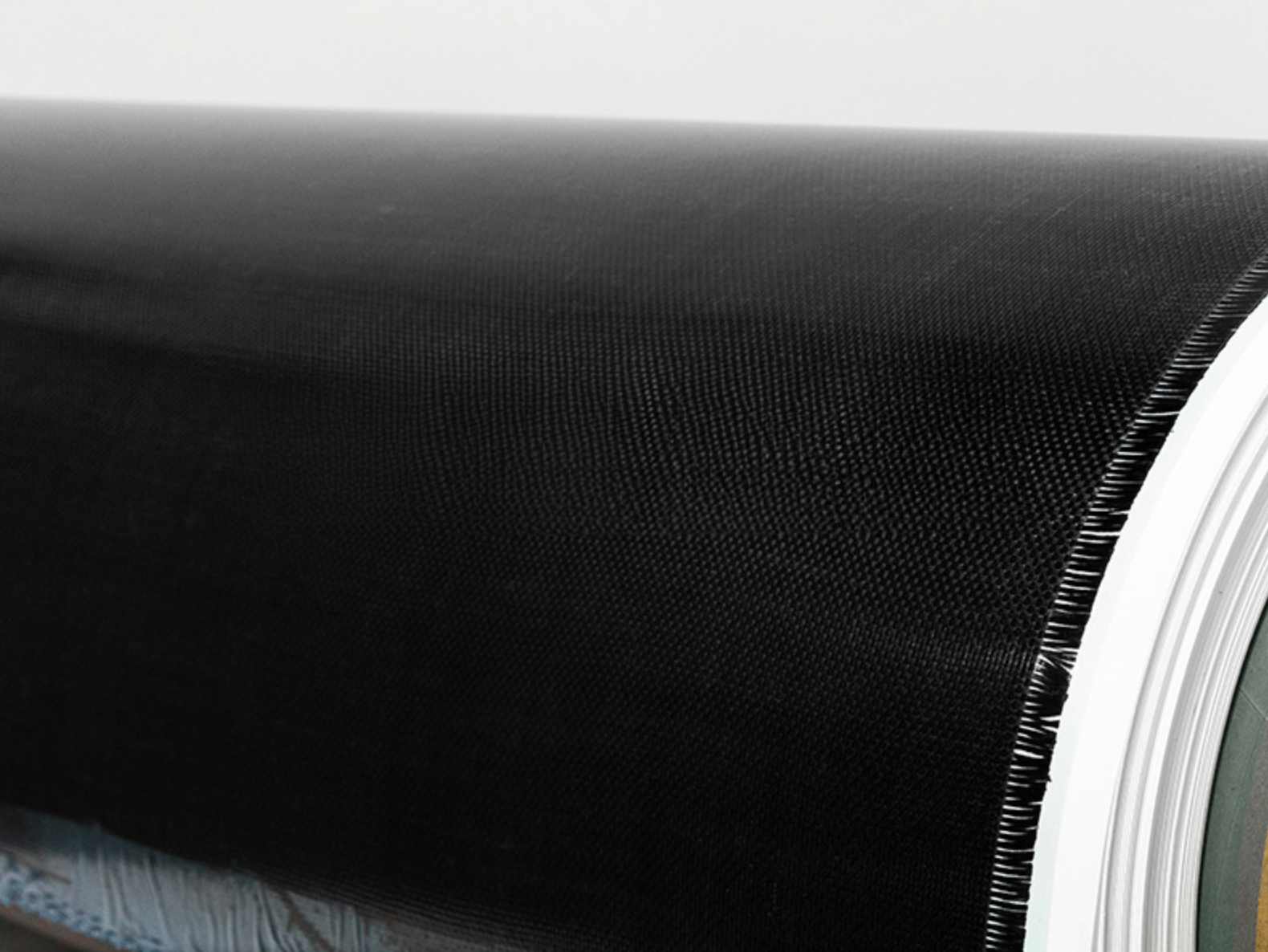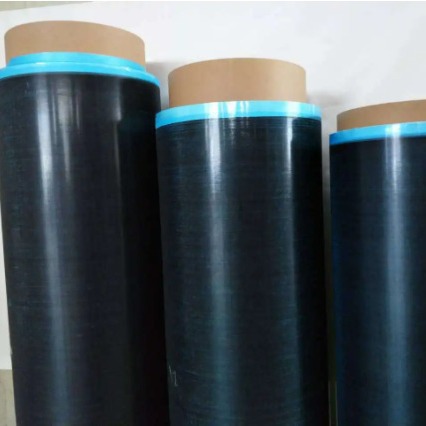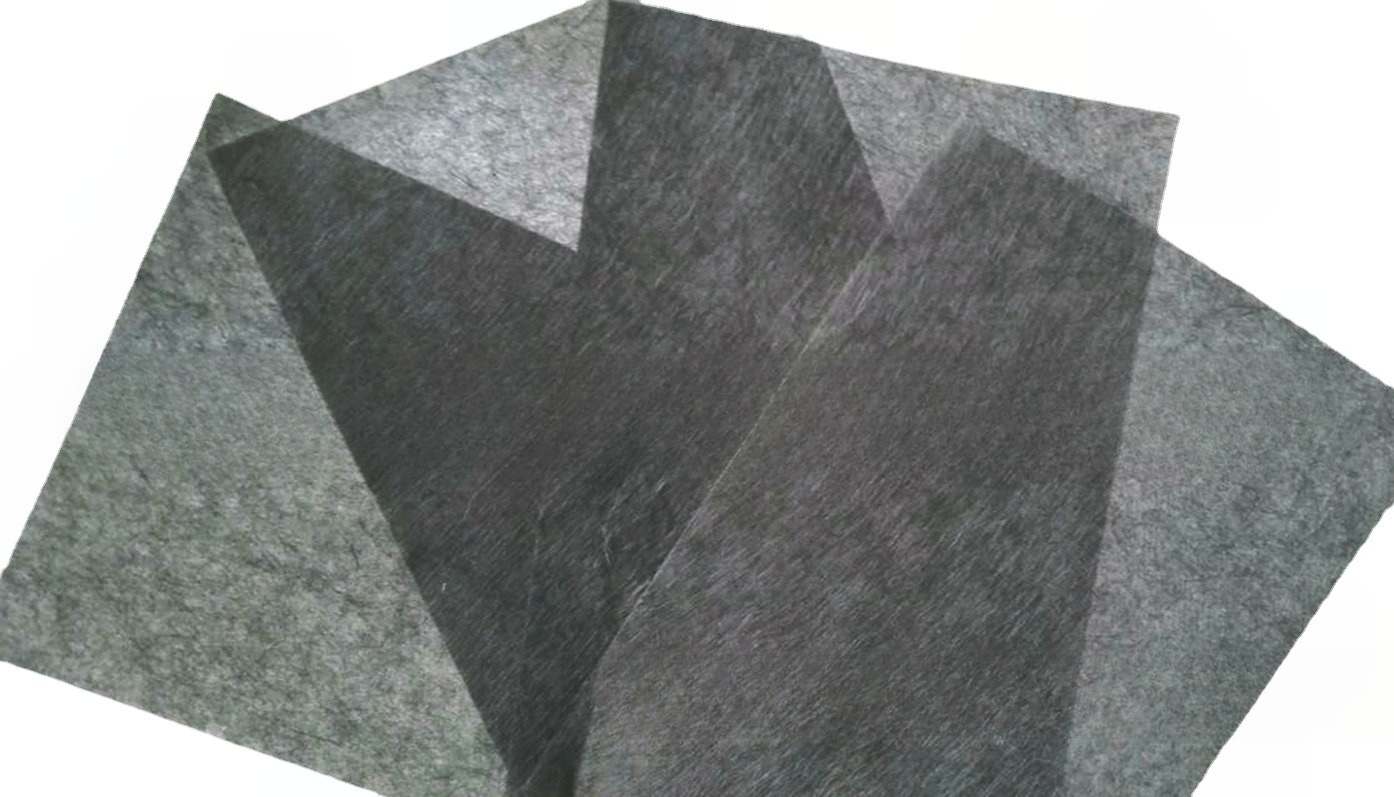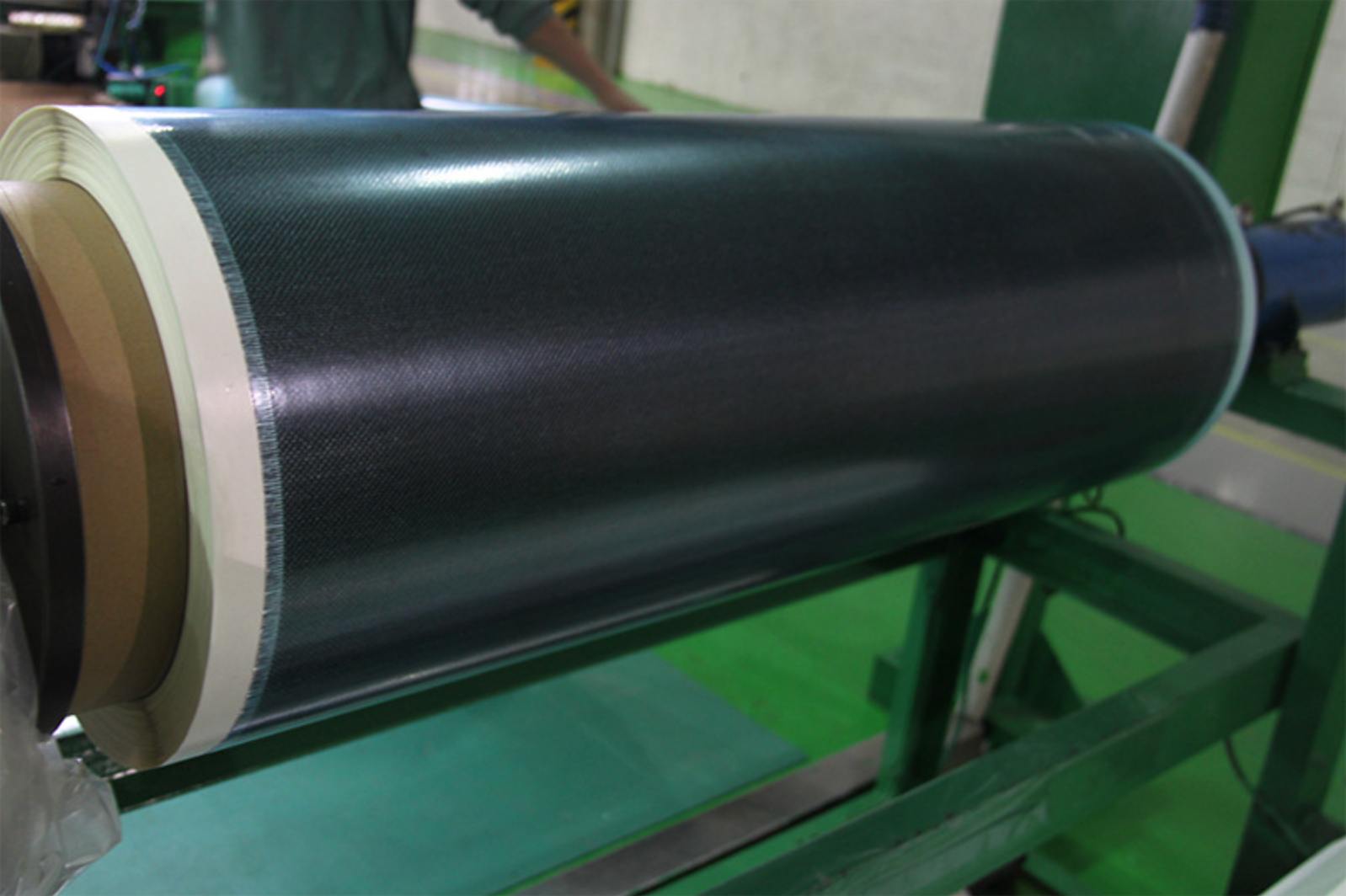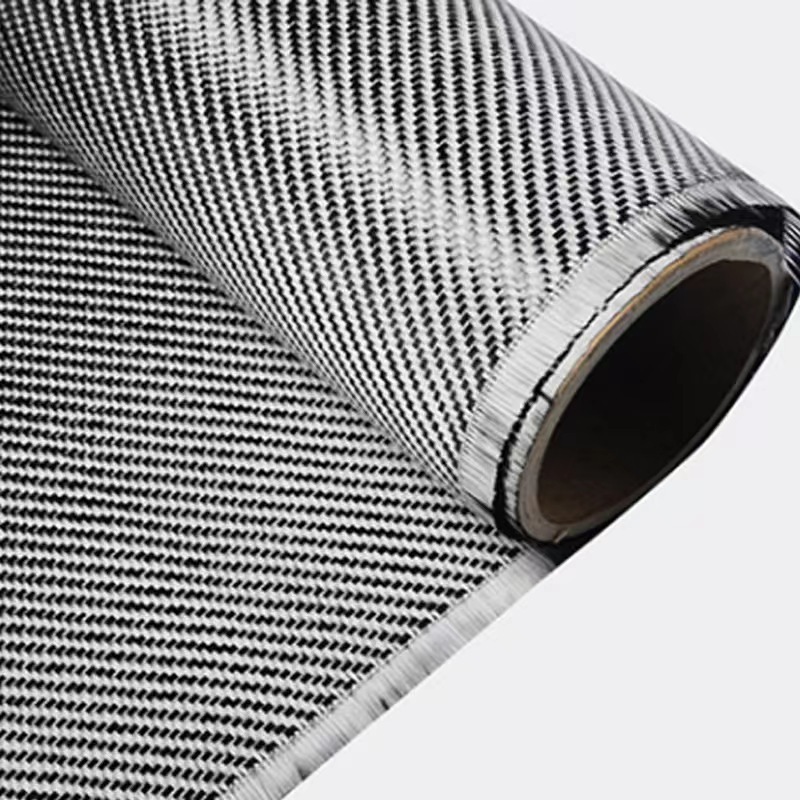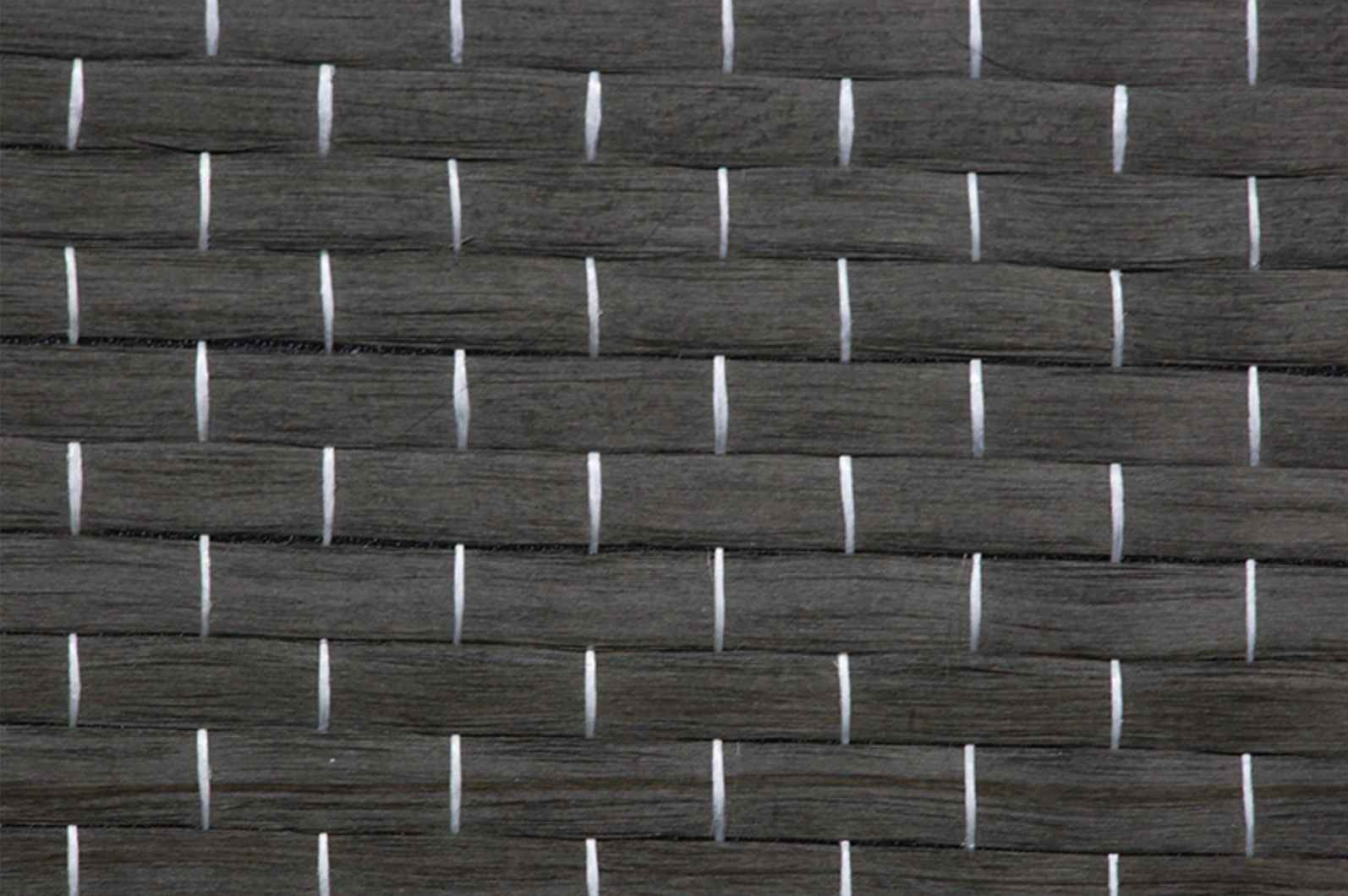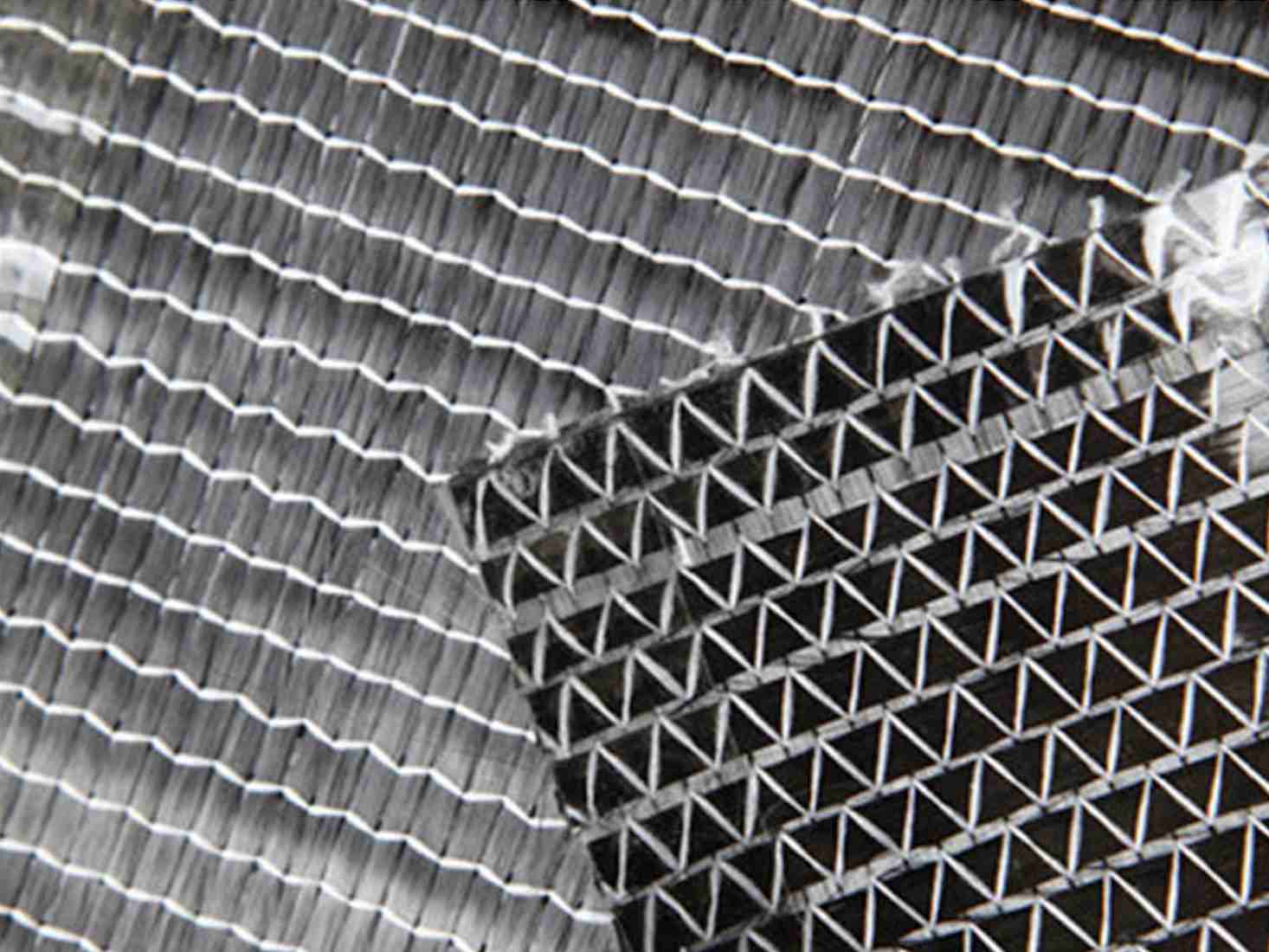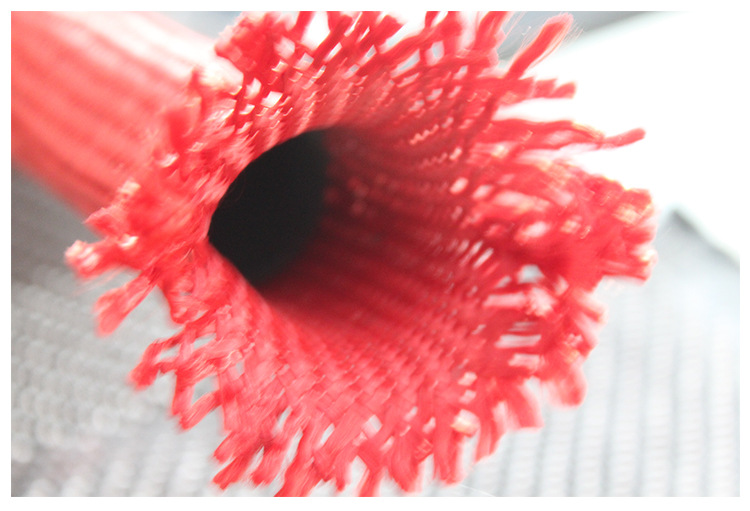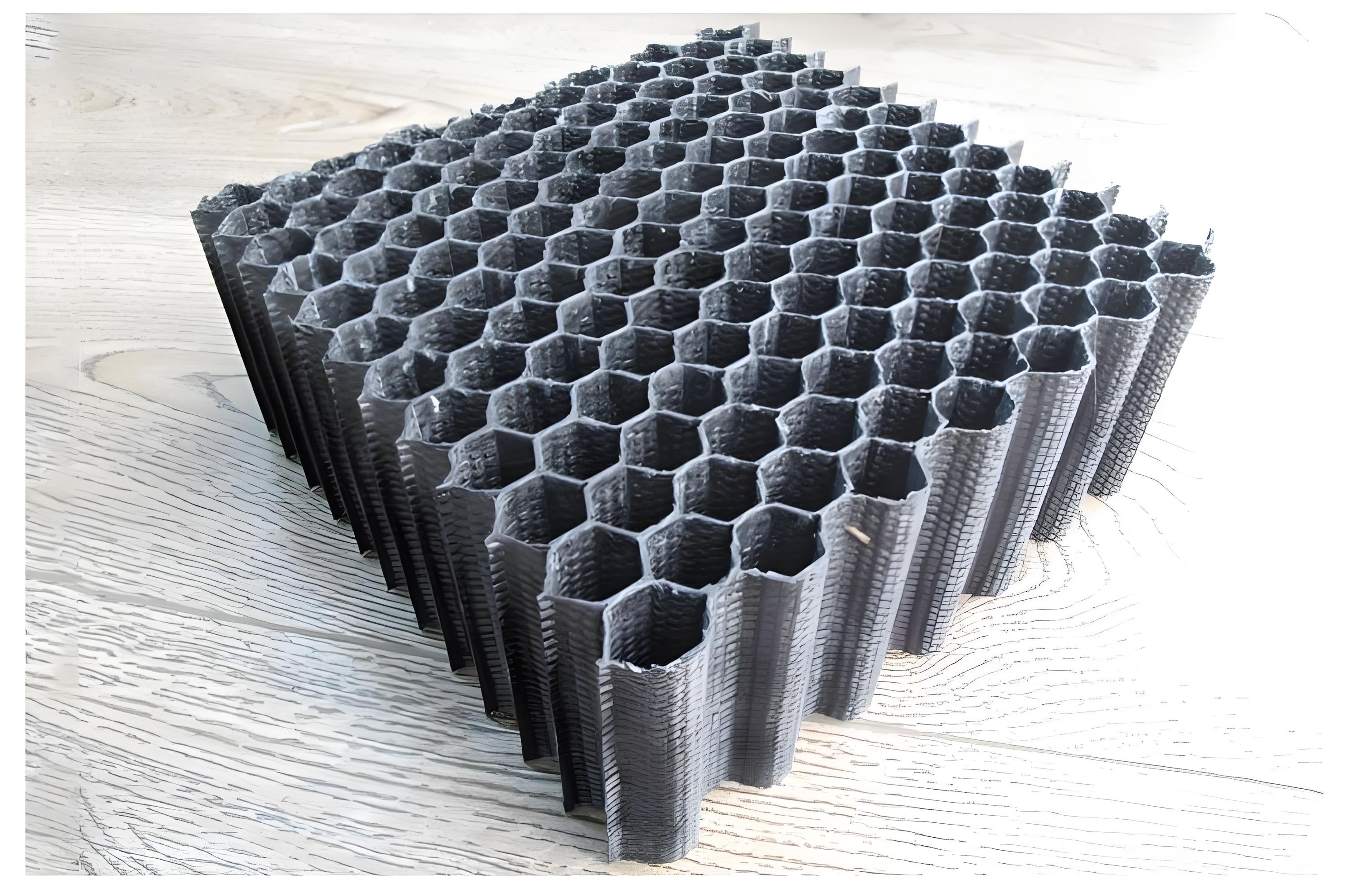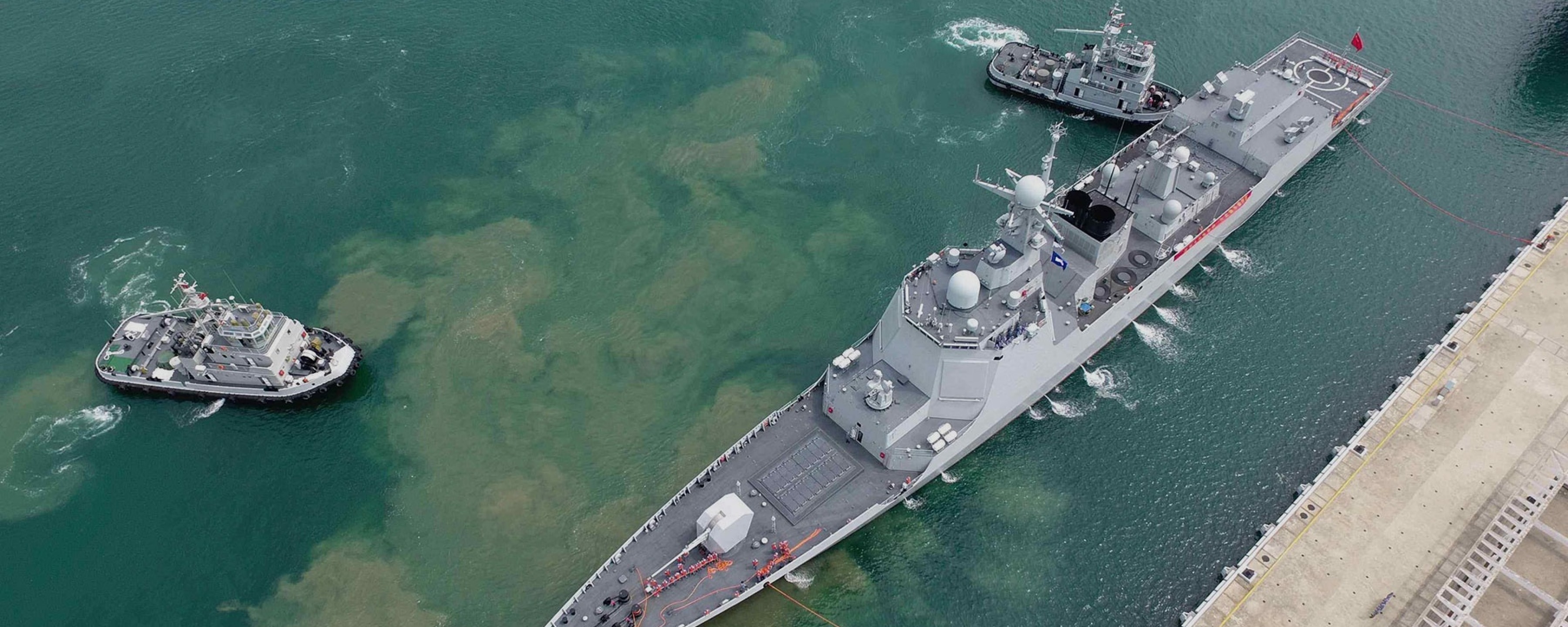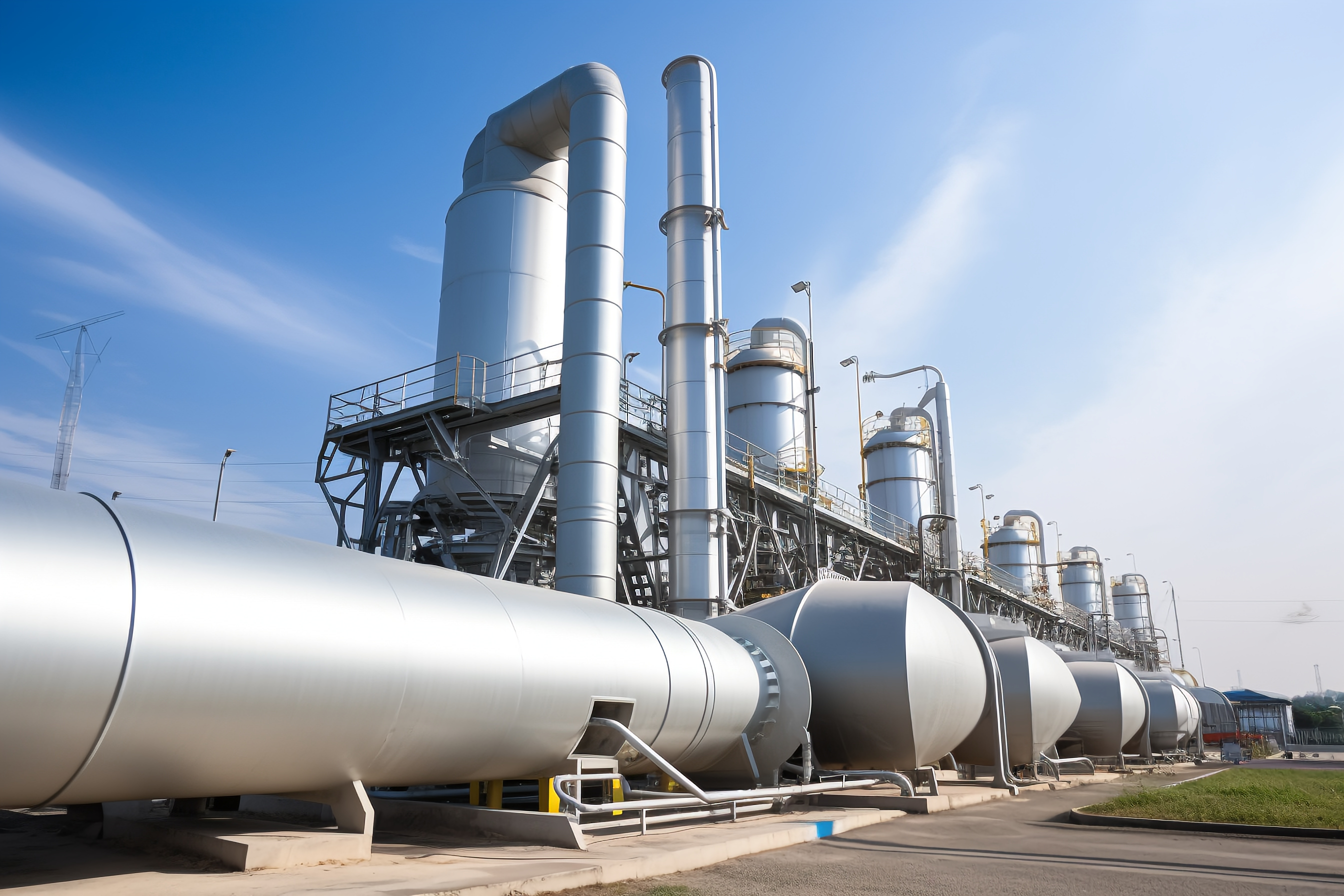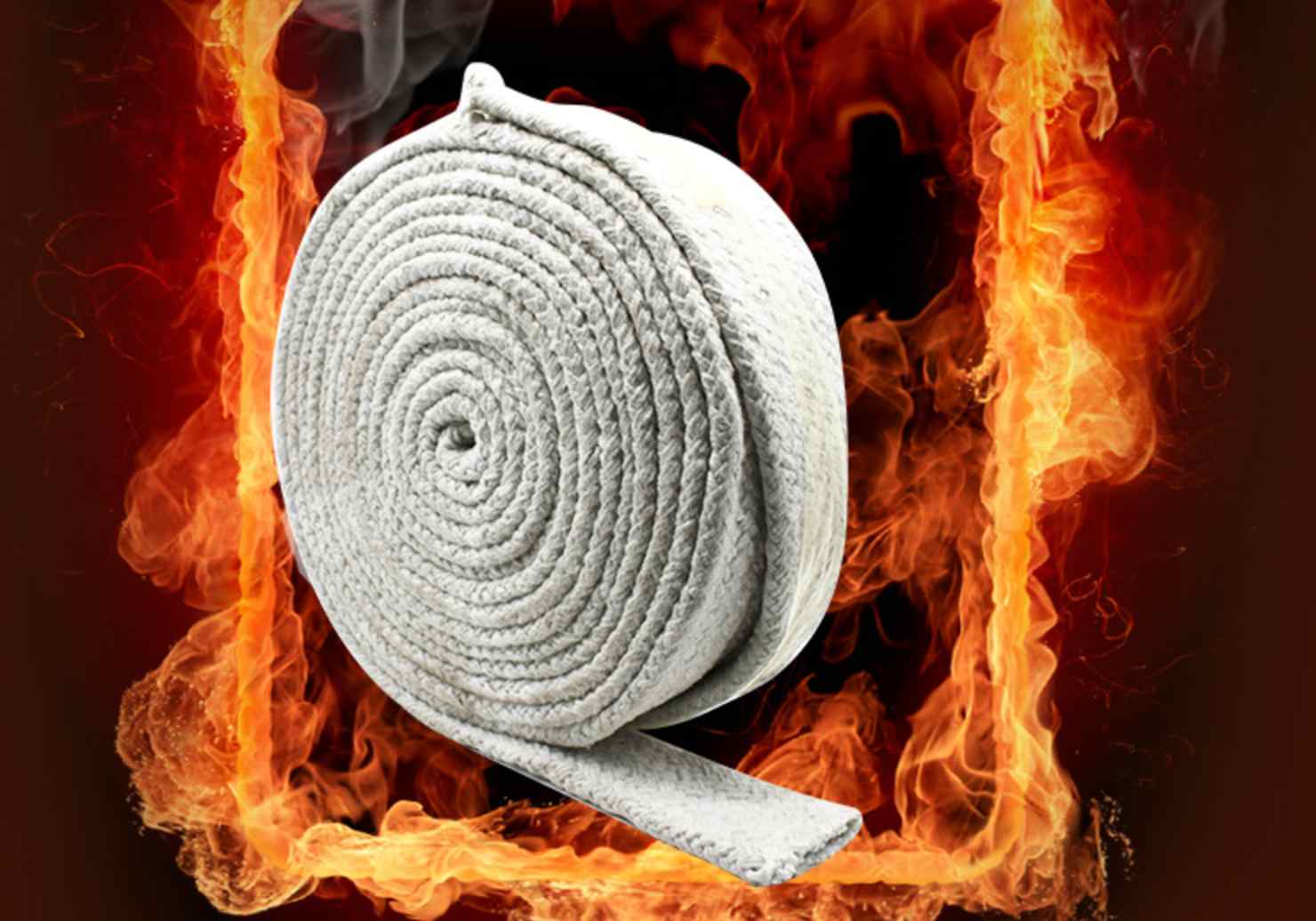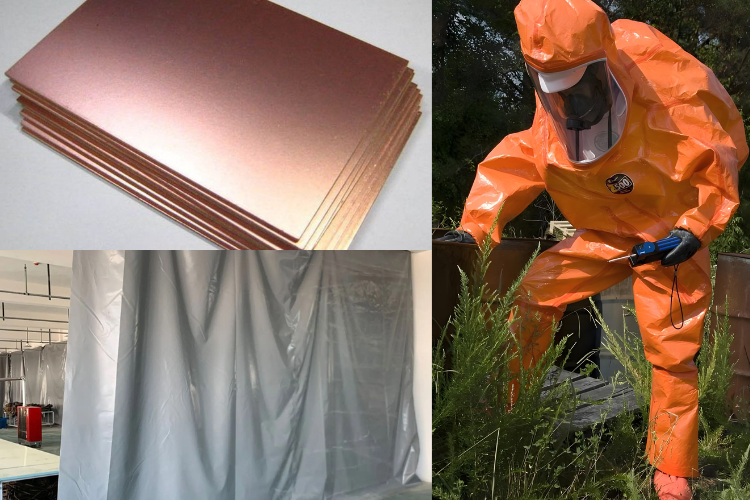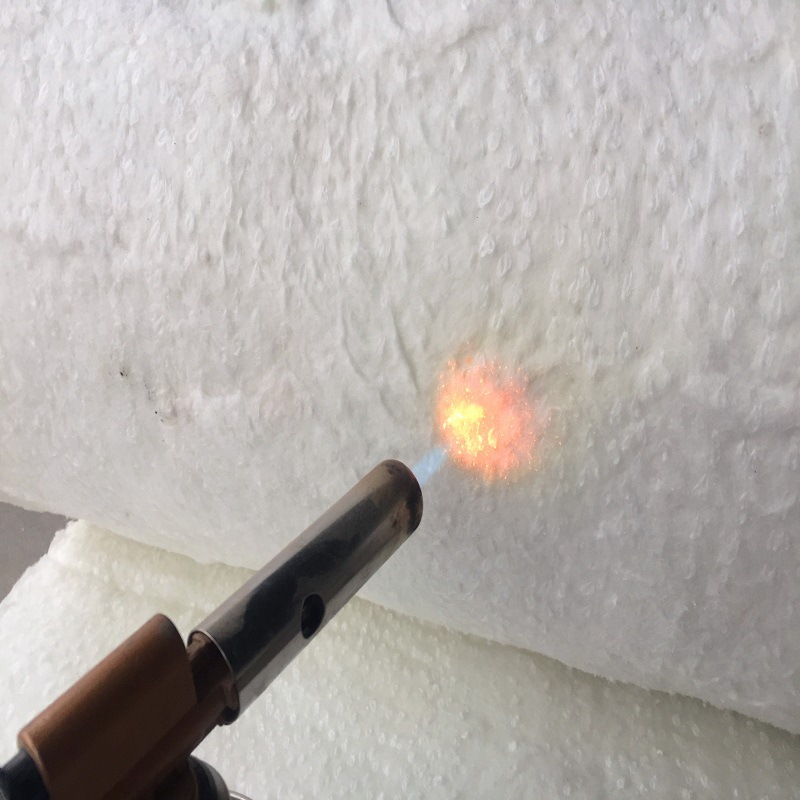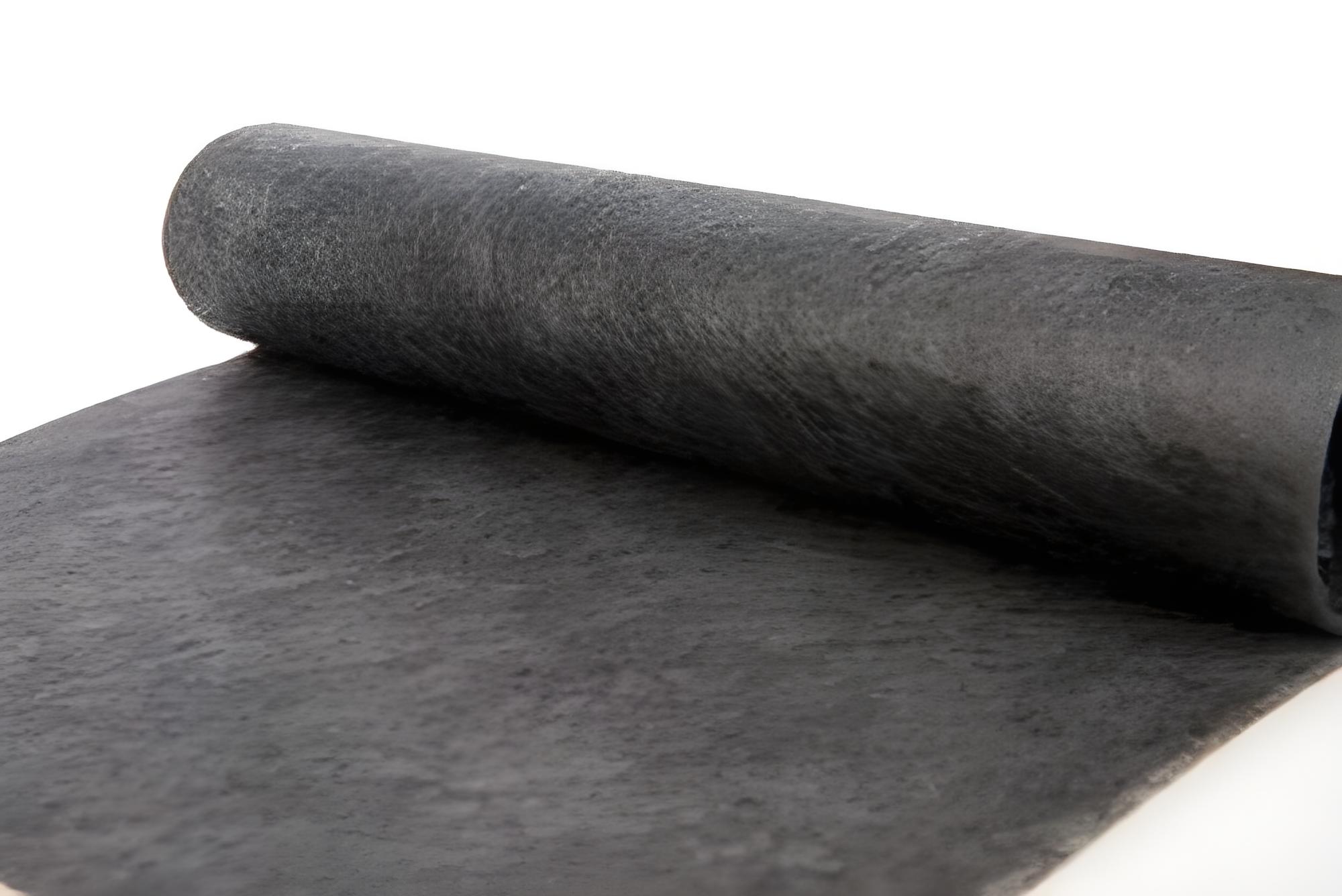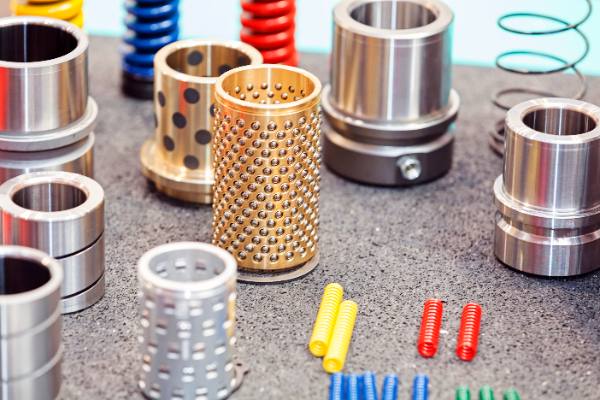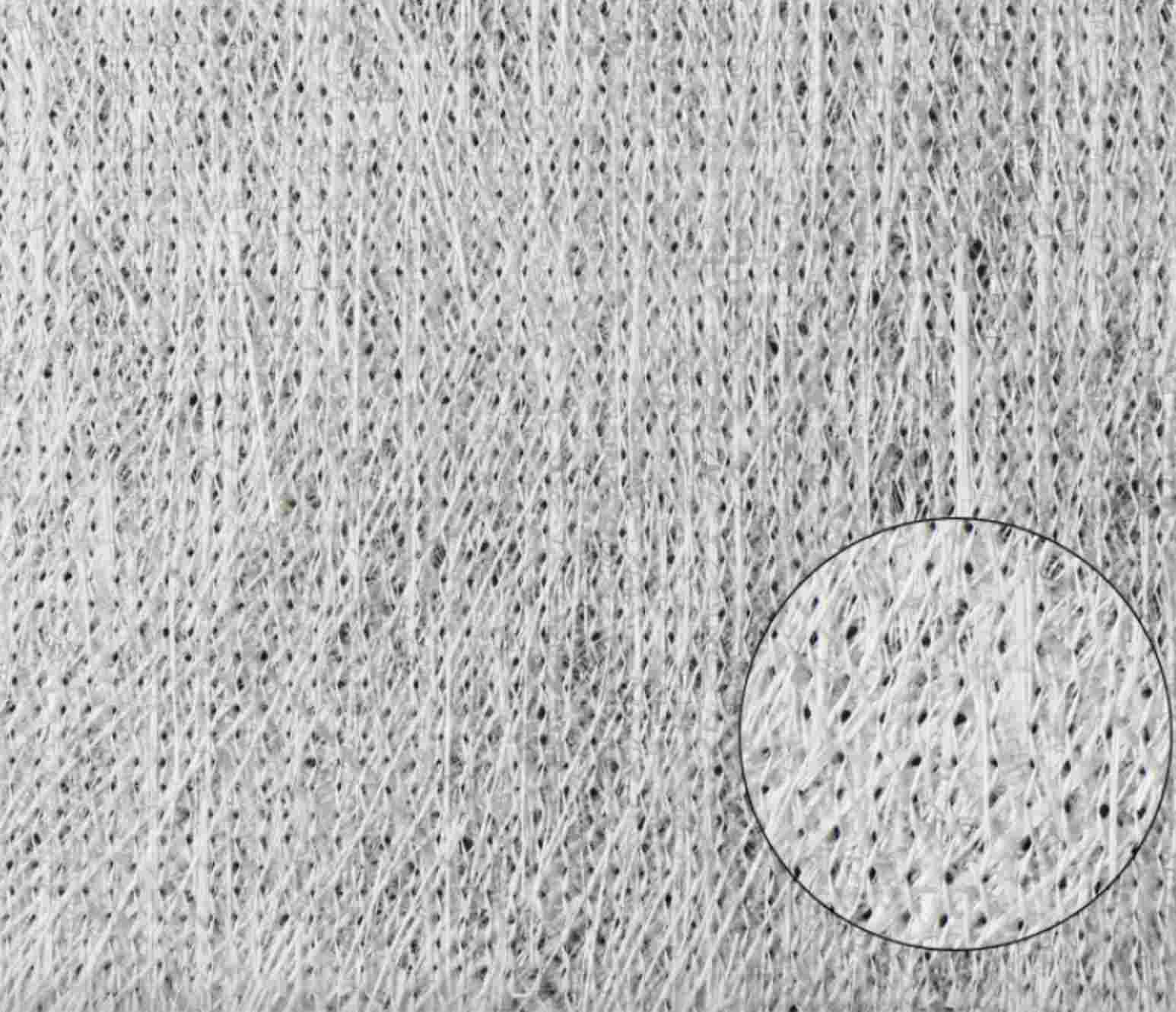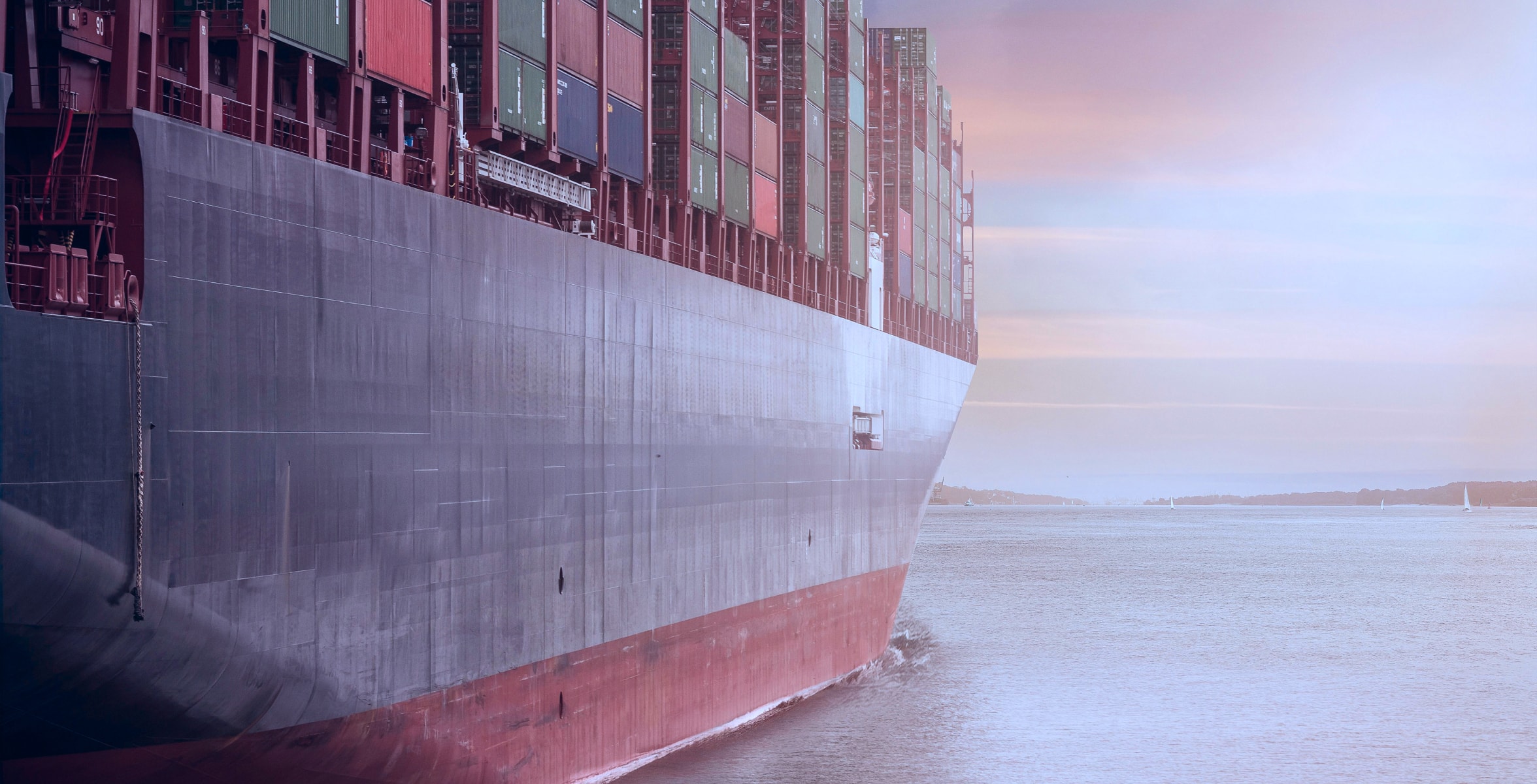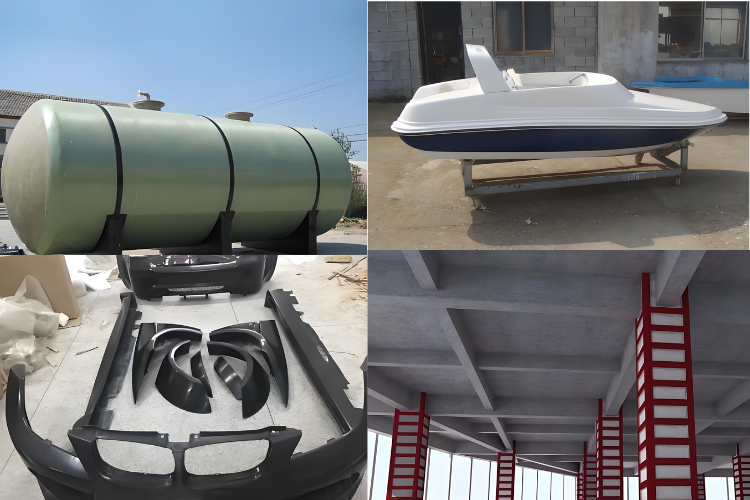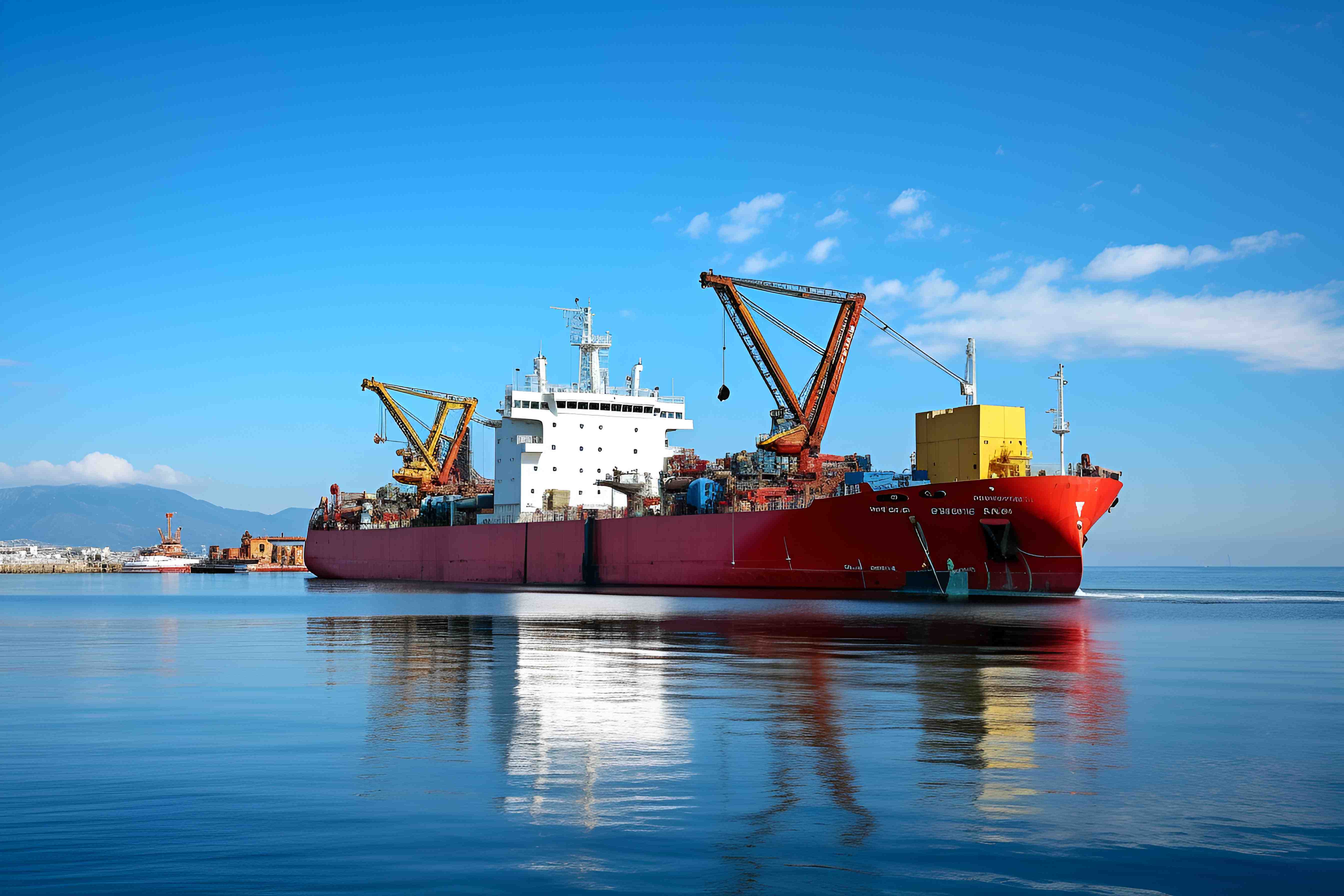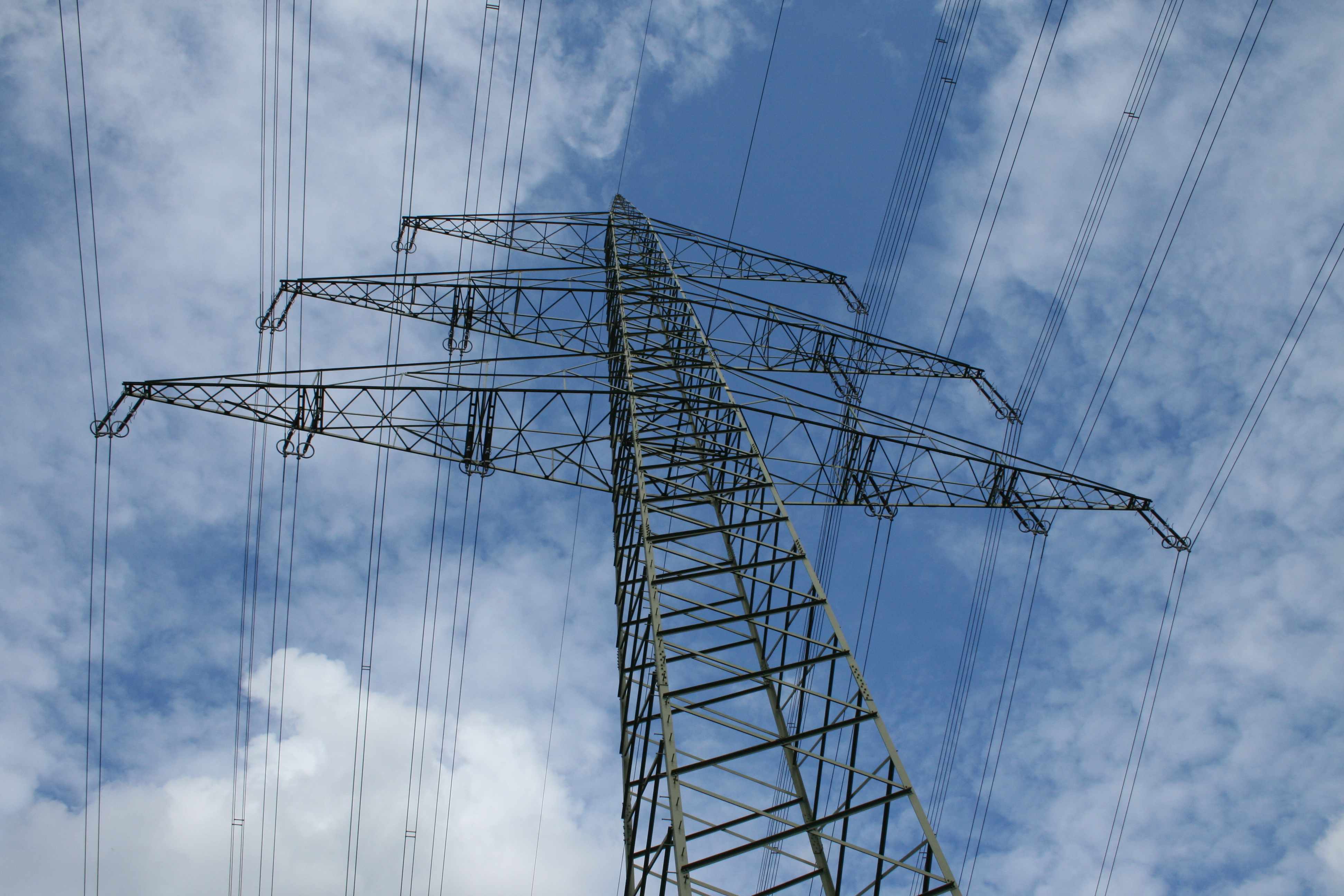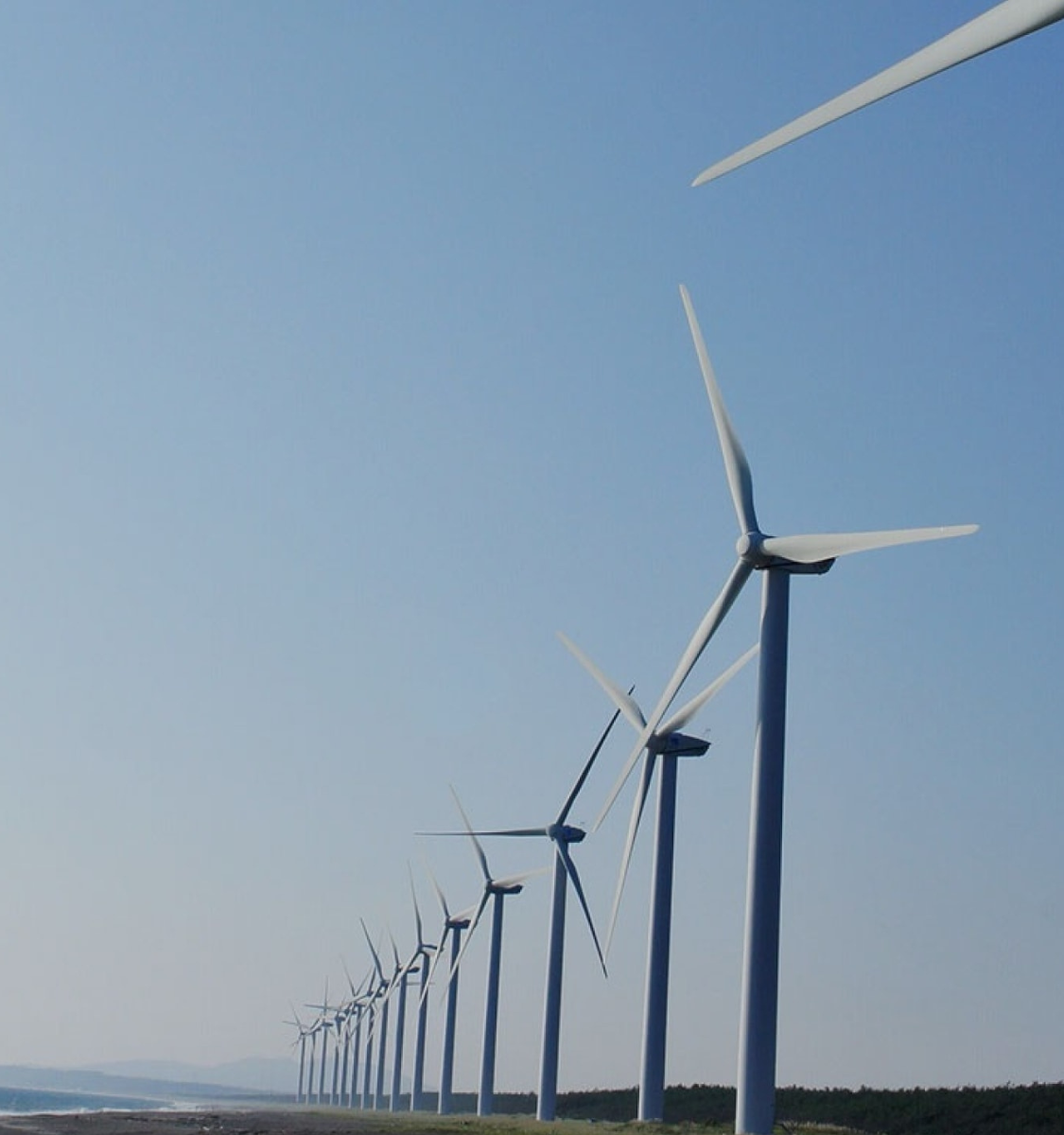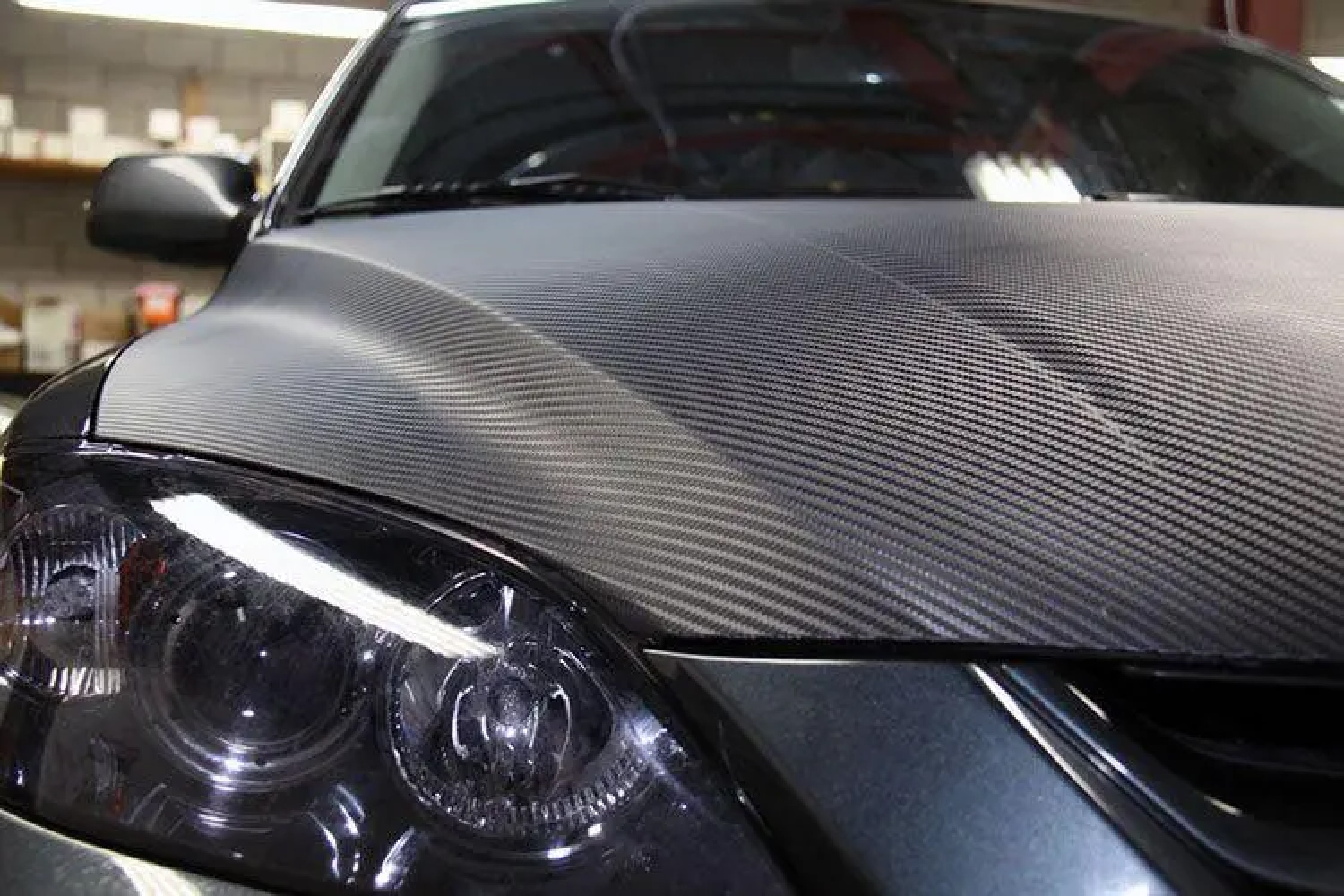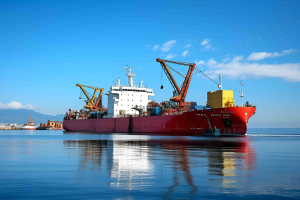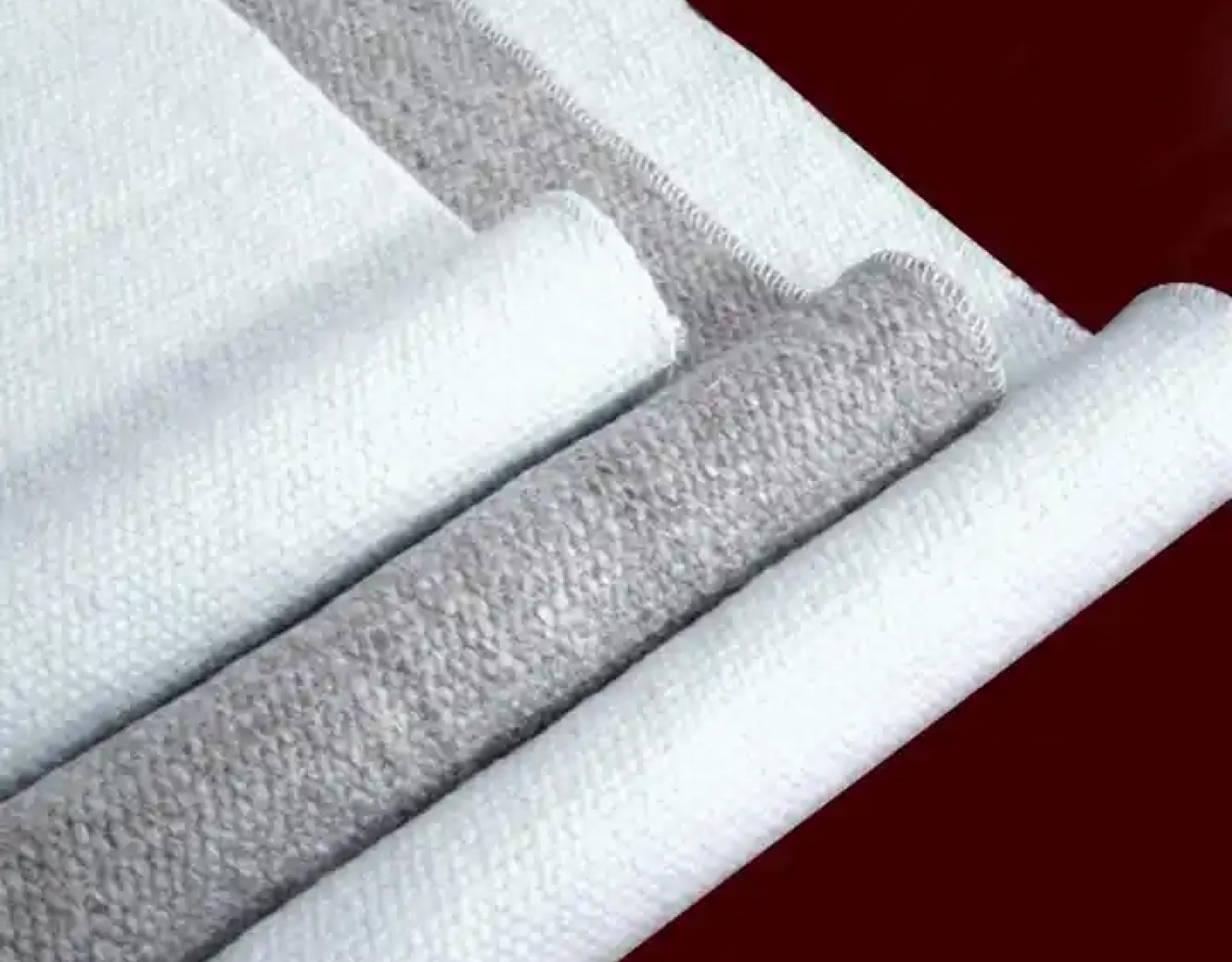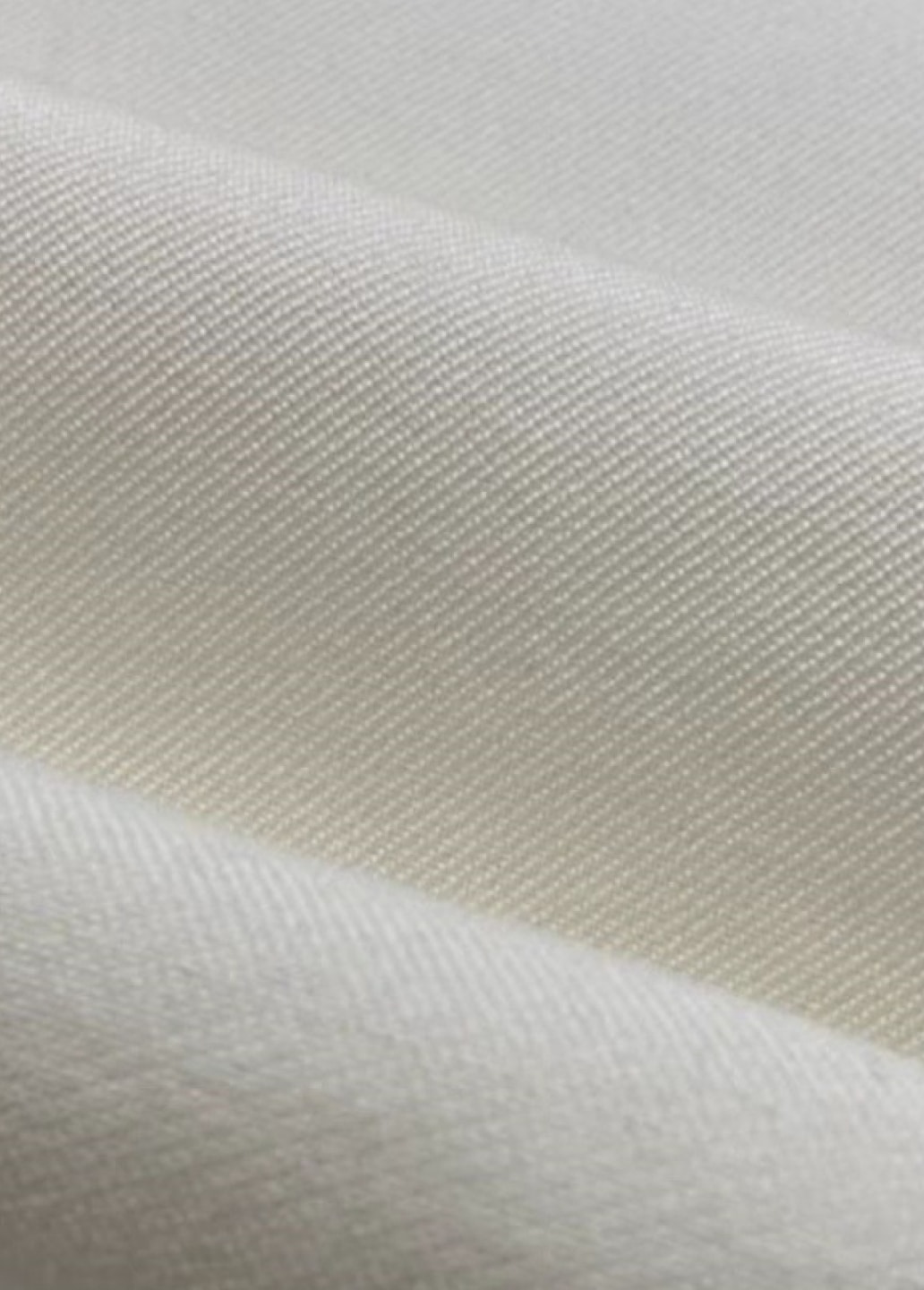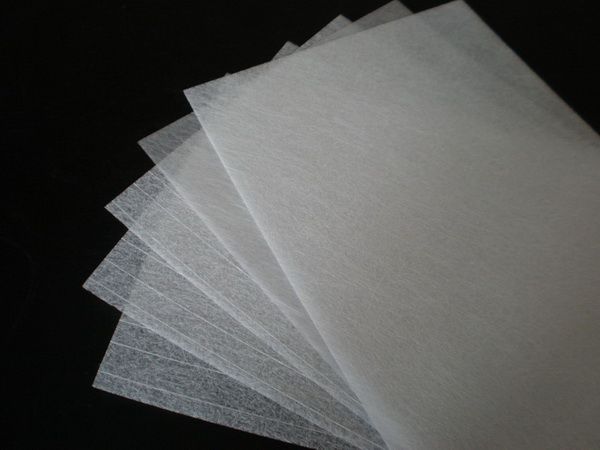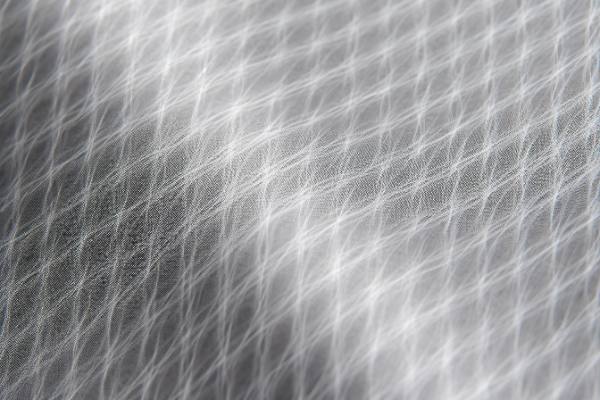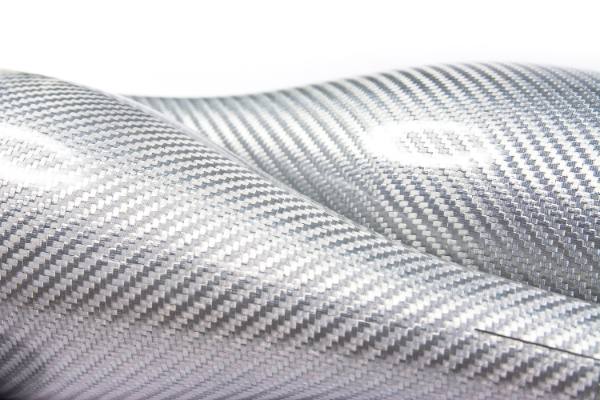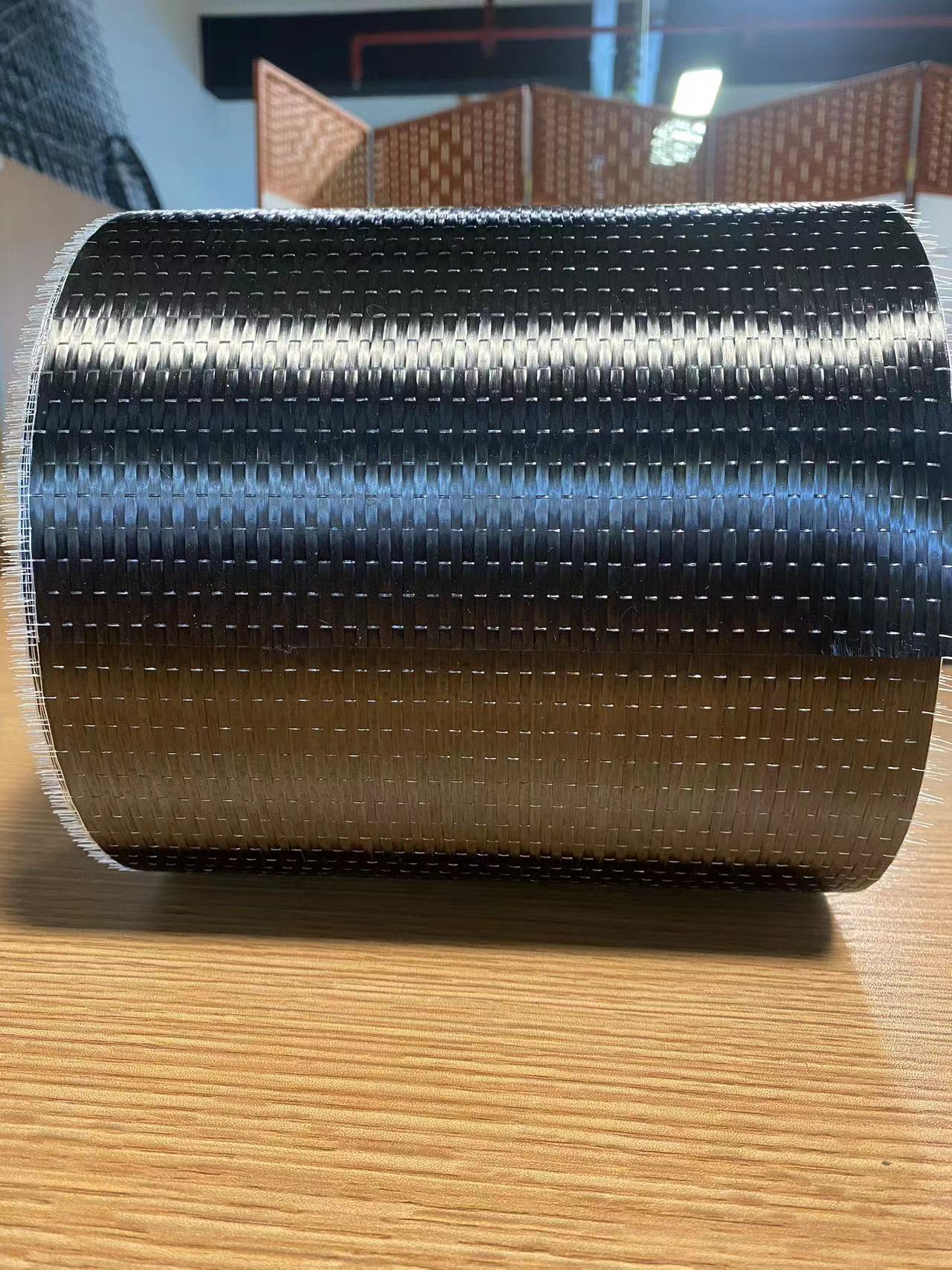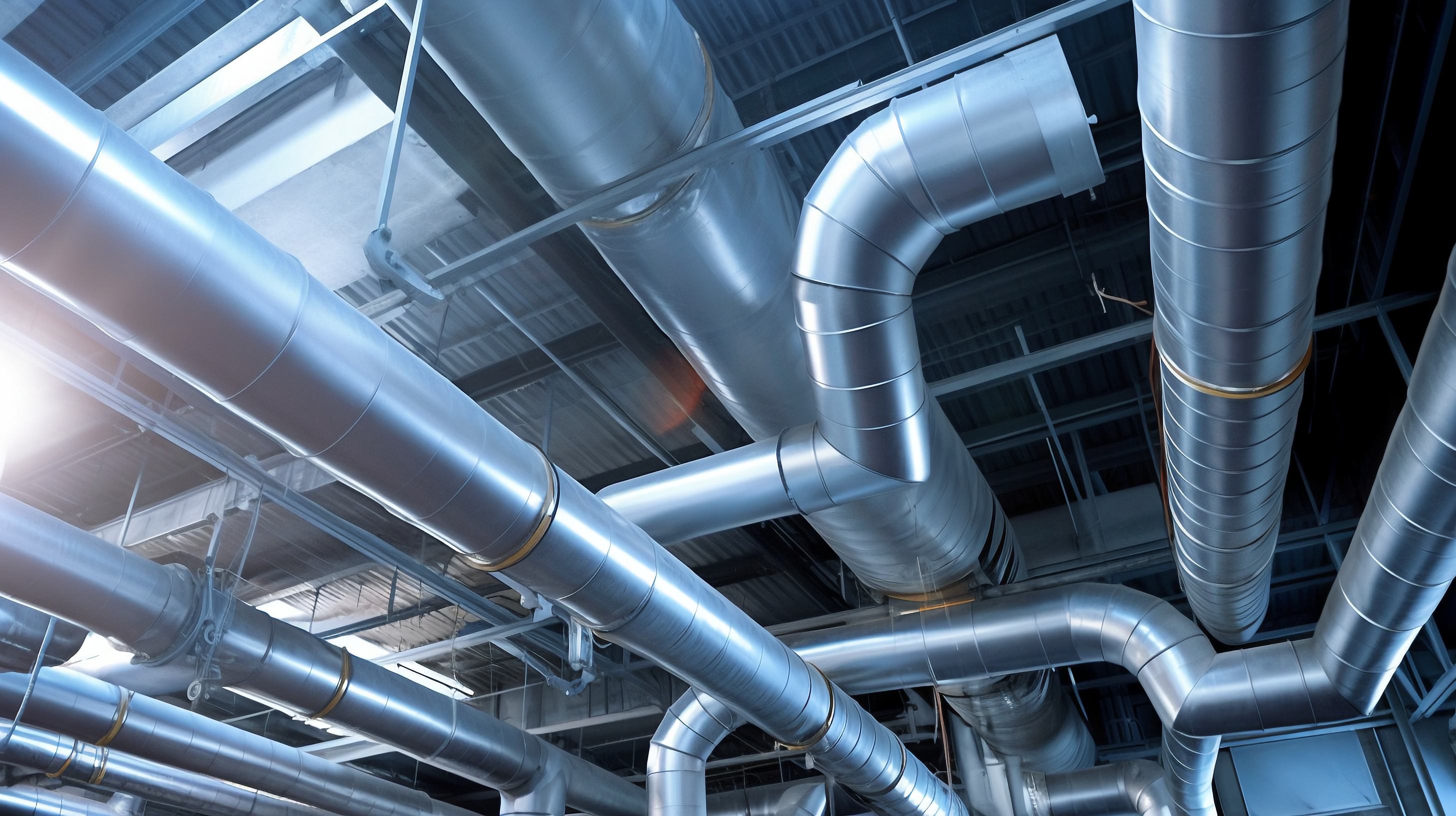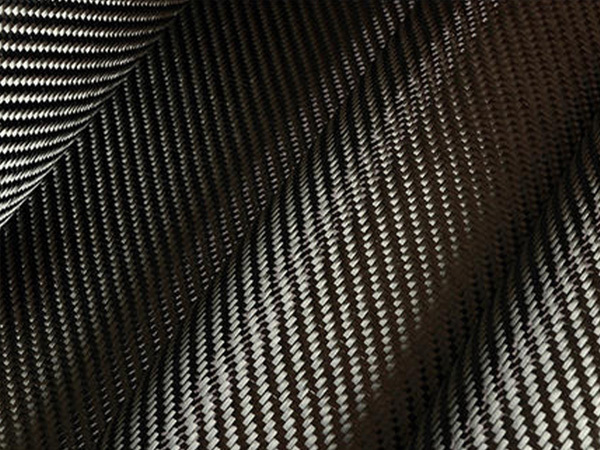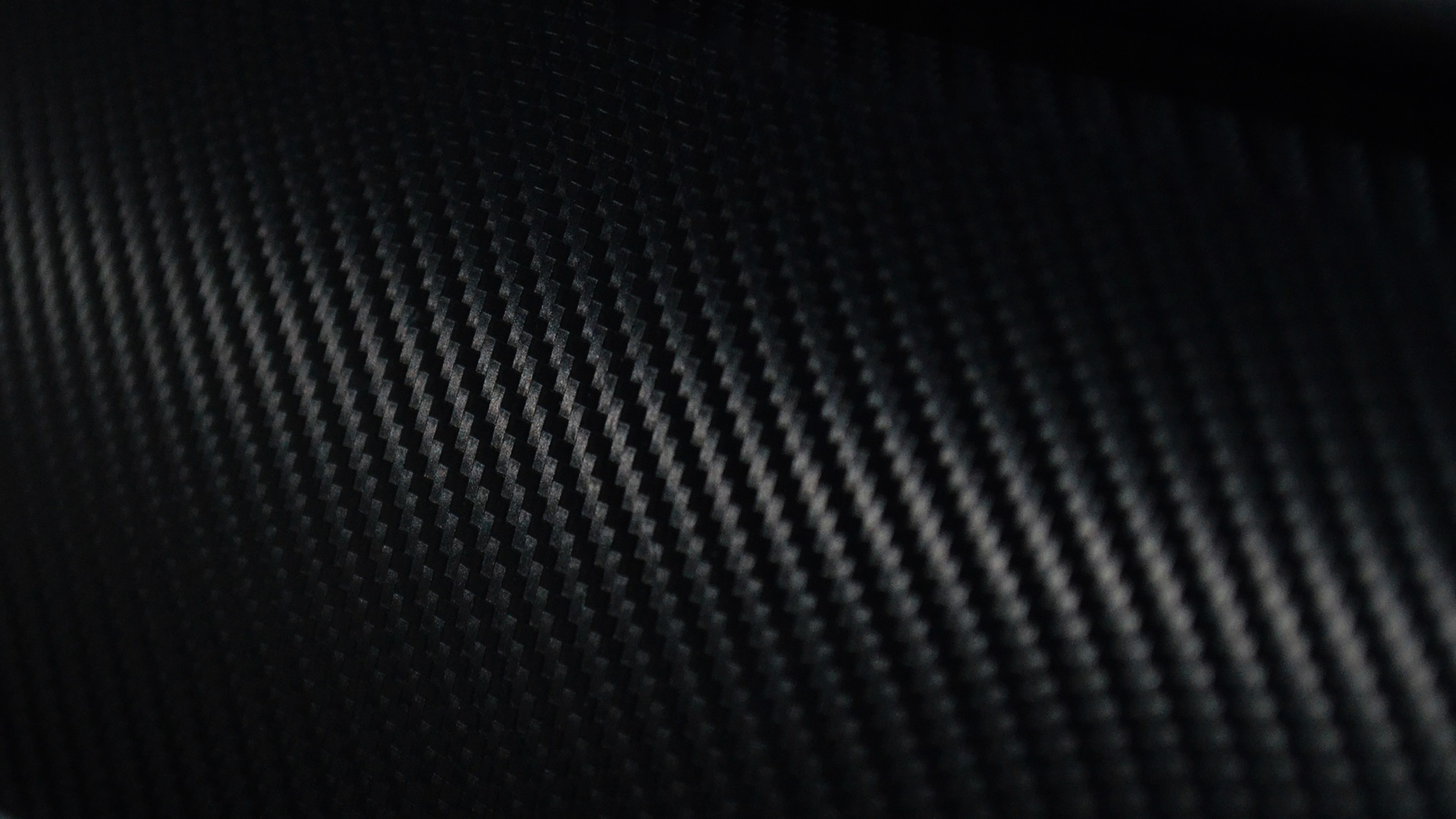+86-13732282311
merlin@xcellentcomposites.com
Let the world benefit from composite materials!
How to Choose the Best Fiberglass Material for Boats
Fiberglass has revolutionized boat construction, offering unmatched versatility, strength, and cost-effectiveness. Its lightweight nature, corrosion resistance, and ability to withstand harsh marine environments have made it the go-to material for boatbuilders and enthusiasts alike. However, not all fiberglass materials are created equal, and selecting the right type is crucial for ensuring the longevity, performance, and safety of your vessel.
This comprehensive guide covers every aspect of choosing the best fiberglass material for boats, focusing on the various types, applications, and the importance of sourcing quality marine fibreglass supplies. Whether you’re building a new boat or upgrading an existing one, understanding the nuances of fiberglass materials will empower you to make informed decisions.
Understanding Fiberglass Material for Boats
Fiberglass is a composite material that combines fine glass fibers with a resin matrix. Together, these components create a durable, water-resistant material that can be molded into various shapes, making it ideal for marine use.
Why Fiberglass is Popular in Boat Construction
Fiberglass stands out in the marine industry for several reasons:
- Durability
- Fiberglass is inherently resistant to wear and tear, making it ideal for withstanding impacts, abrasions, and long-term exposure to water.
- Boats made from fiberglass can endure challenging conditions such as heavy waves, storms, and prolonged use in saltwater without significant degradation.
- Lightweight Yet Strong
- Despite its light weight, fiberglass is incredibly strong. This characteristic improves fuel efficiency and enhances a boat’s speed and handling.
- The reduced weight also makes transportation and launching more manageable.
- Corrosion Resistance
- Unlike metals, fiberglass doesn’t rust or corrode, even when exposed to salty or humid conditions. This resistance drastically reduces maintenance requirements and costs over time.
- Design Flexibility
- Fiberglass can be molded into intricate shapes and designs, allowing boatbuilders to create hydrodynamic and aesthetically pleasing vessels. This adaptability is particularly useful for custom or luxury boats.
- Low Maintenance
- Fiberglass requires less upkeep than other materials like wood or aluminum. Cleaning and occasional waxing are typically enough to maintain its appearance and performance.

Key Factors in Choosing Fiberglass Material for Boats
1. Purpose of the Boat
The type and intended use of your boat determine the most suitable fiberglass material. Here are some examples:
Fishing Boats: These require robust fiberglass to handle physical impacts, fishing equipment, and occasional collisions with docks or debris.
Speedboats: Lightweight fiberglass enhances speed and maneuverability, making it ideal for performance-oriented boats.
Luxury Yachts: For yachts, premium fiberglass materials that combine durability with a polished finish are preferred to ensure both strength and aesthetics.
2. Importance of Marine Fibreglass Supplies
Not all fiberglass is suitable for marine applications. Marine-grade fiberglass materials are specifically designed to withstand the unique challenges of the marine environment, including constant water exposure, salt, UV rays, and temperature variations.
Common Types of Marine Fibreglass Supplies:
- Fiberglass Woven Roving
- A heavy-duty fabric that provides structural reinforcement. It’s often used for the hull and other load-bearing sections of a boat.
- Chopped Strand Mat (CSM)
- This mat consists of randomly distributed glass fibers. Its versatility makes it perfect for filling gaps, creating curved surfaces, and adding bulk to layers.
- Bi-axial and Tri-axial Cloths
- These materials provide strength in multiple directions, ensuring stability in areas that experience dynamic forces, such as keels or rudders.
- Fiberglass Resin
- Resins play a crucial role in binding fiberglass layers together and enhancing water resistance. The choice of resin significantly affects the material’s overall performance.
3. Choosing the Right Fiberglass Resin
Resins are vital in determining the durability and water resistance of fiberglass materials. Here are the most common types:
- Polyester Resin
- The most economical choice, polyester resin is widely used in boat construction. However, its lower water resistance limits its use to above-waterline areas.
- Vinyl Ester Resin
- Offering superior water and chemical resistance, vinyl ester resin is often used in hull construction and other areas exposed to prolonged water contact.
- Epoxy Resin
- Known for its strength and adhesion, epoxy resin provides the highest performance. It is ideal for high-end boats, repairs, and applications where superior durability is required.
Evaluating Marine Fibreglass Supplies
To ensure you select high-quality materials, consider the following factors of composite material suppliers:
1.Supplier Reputation
Choose suppliers who specialize in marine applications and have a history of delivering reliable products. Reputable suppliers often provide technical support and advice.
2.Material Certifications
Look for fiberglass materials certified by organizations such as Lloyd’s Register or the American Bureau of Shipping (ABS). Certifications indicate adherence to stringent marine standards.
3.Sample Testing
Request samples to evaluate the material’s strength, flexibility, and water resistance before committing to bulk purchases.
4.Customer Feedback
Read reviews and testimonials from other boatbuilders to gauge the performance and reliability of a supplier’s products.
Xcellent Composites is a trusted leader in the world of advanced composite materials, specializing in high-quality solutions for marine, automotive, and industrial applications. With a commitment to innovation and sustainability, Xcellent Composites provides a comprehensive range of products, including marine-grade fiberglass, customizable composite solutions, and so on, designed to meet the demands of modern industries. Whether you’re building, repairing, or upgrading, Xcellent Composites delivers reliability, durability, and performance you can count on.
Step-by-Step Guide to Choosing and Using Fiberglass Material
Step 1: Assess Your Requirements
Understand your boat’s purpose, size, and performance needs. A fishing boat, for instance, demands a tougher fiberglass material compared to a leisure sailboat.
Step 2: Research Suppliers
Compare various suppliers of marine fibreglass supplies. Focus on those offering a wide range of products specifically designed for the marine environment.
Step 3: Select the Right Material
Choose fiberglass types and resins that align with your requirements and budget. Prioritize high-quality materials for structural components such as the hull and keel.
Step 4: Fabricate and Install
The installation process requires skill and precision. Whether building a boat from scratch or reinforcing existing parts, consult professionals to ensure proper application.
Step 5: Perform Regular Maintenance
Regularly inspect and maintain your boat to maximize the lifespan of fiberglass components. Use marine-safe cleaning products and promptly address any visible damage.
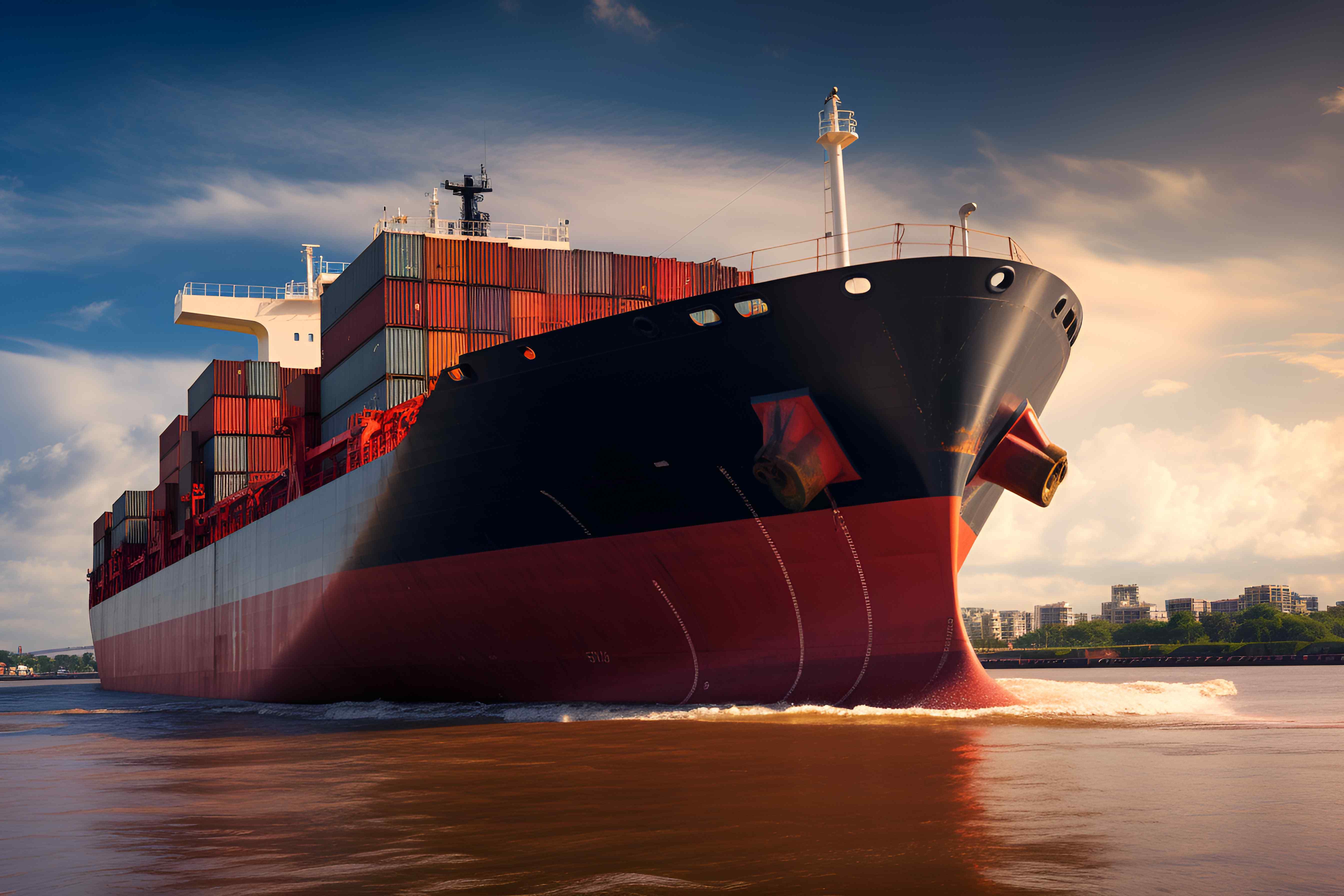
Innovations in Fiberglass Material for Boats
The marine industry continually innovates to improve the performance and sustainability of fiberglass materials:
- Advanced Composites
- Combining fiberglass with carbon fiber or other advanced materials creates composites that offer superior strength-to-weight ratios.
- Smart Fiberglass
- Integrating sensors into fiberglass structures allows real-time monitoring of stress, impact, and potential damage, enhancing safety.
- Eco-Friendly Options
- Sustainable innovations such as bio-based resins and recyclable fiberglass materials reduce the environmental impact of boat manufacturing.
Conclusion
Choosing the right fiberglass material for boats is a critical step in ensuring your vessel’s performance, durability, and longevity. By understanding the properties of fiberglass, exploring marine fibreglass supplies, and evaluating factors like resin type and supplier reliability, you can make an informed decision that aligns with your boating needs.
Investing in high-quality materials and regular maintenance will keep your boat seaworthy and efficient for years to come. With continuous innovations in fiberglass technology, the future of marine construction promises even greater possibilities. Whether you’re a professional boatbuilder or a passionate DIY enthusiast, embracing the benefits of fiberglass ensures a reliable and enjoyable boating experience.
Read More: The Role of Biomedical Composites in Modern Medicine: A Comprehensive Guide
Popular Composite Materials
Popular Composite Materials
Composites Knowledge Hub
Composites Knowledge Hub

